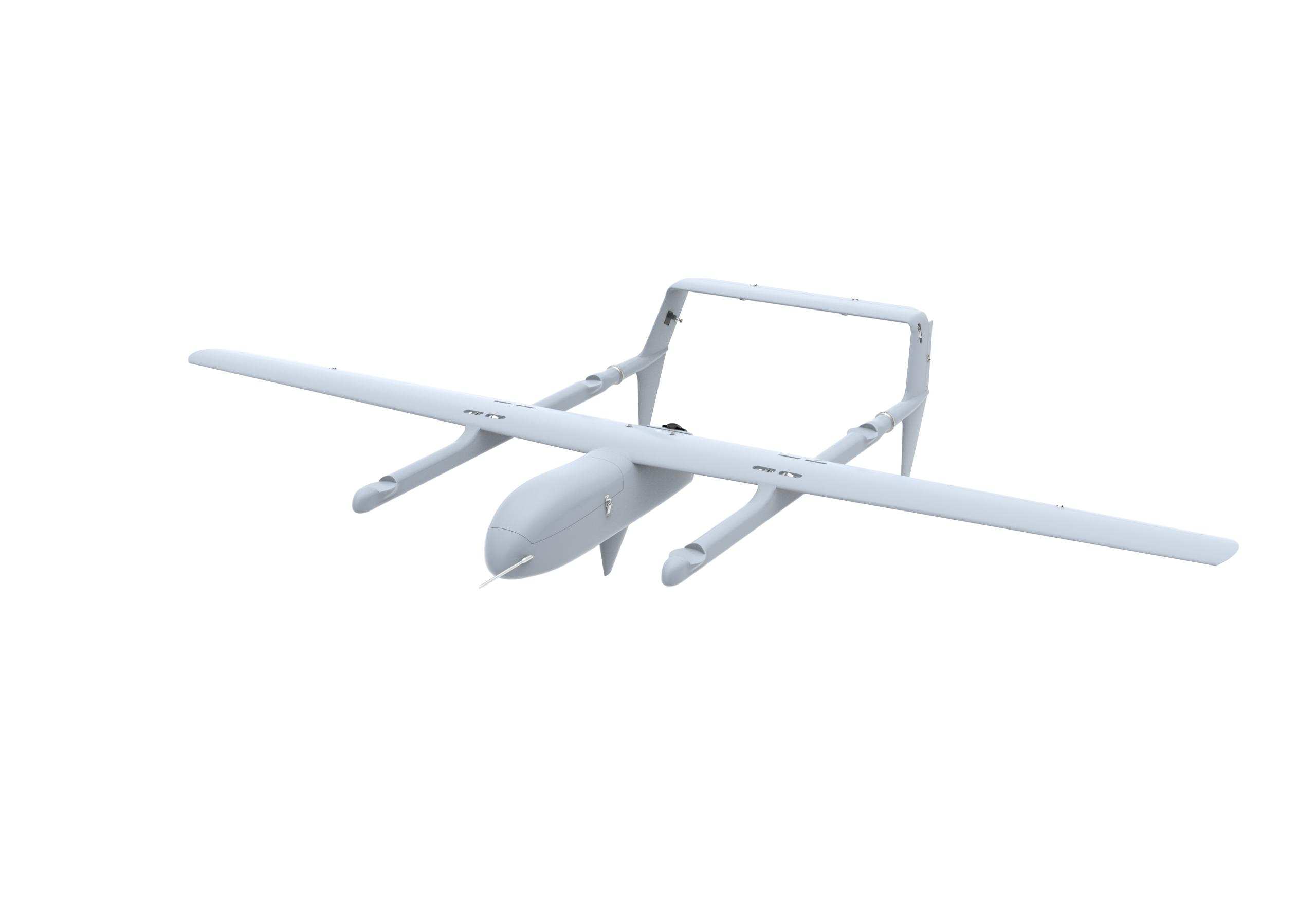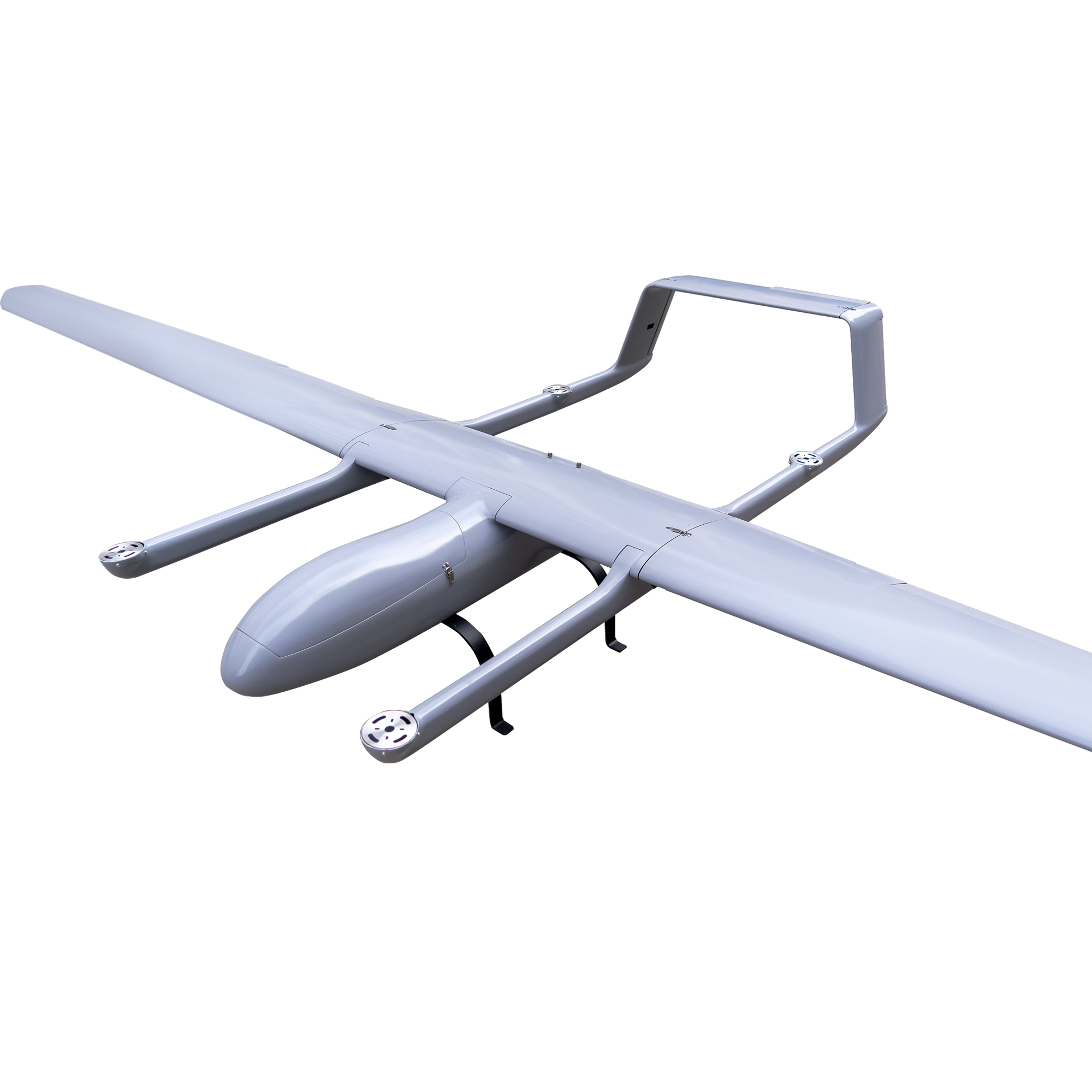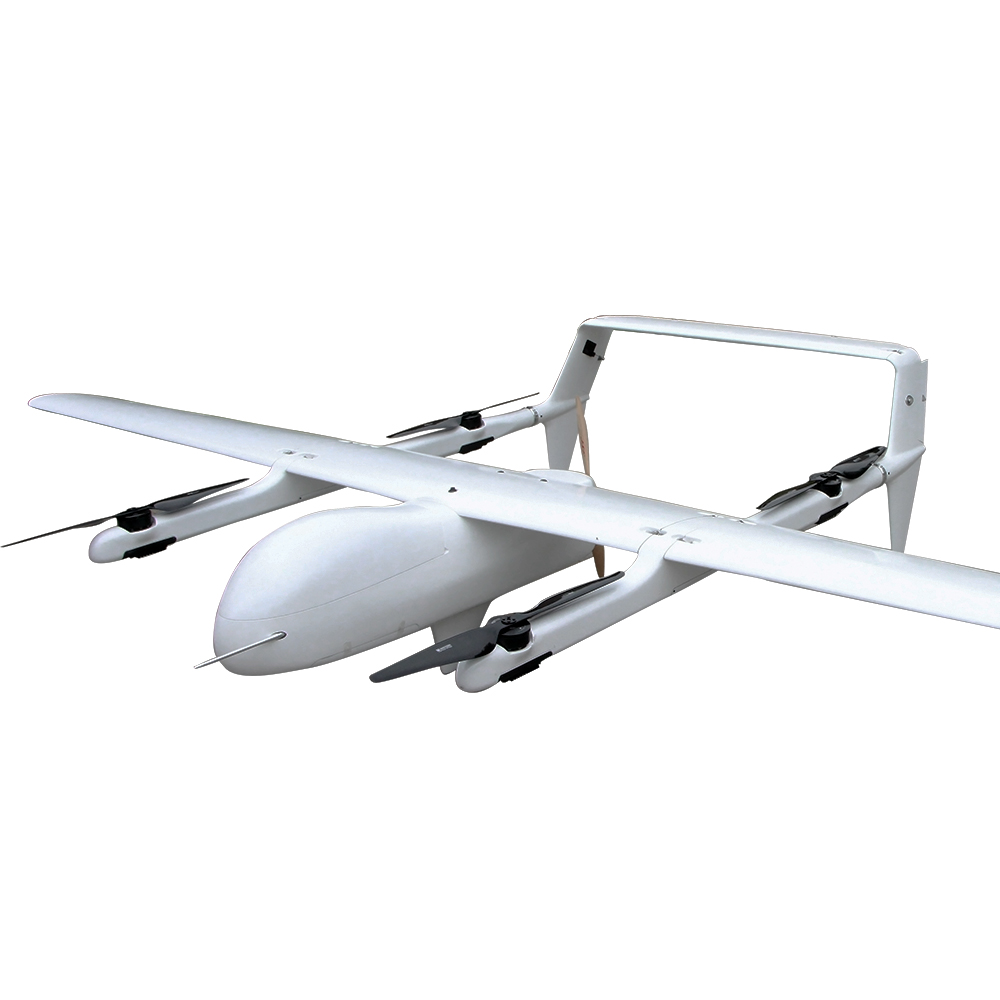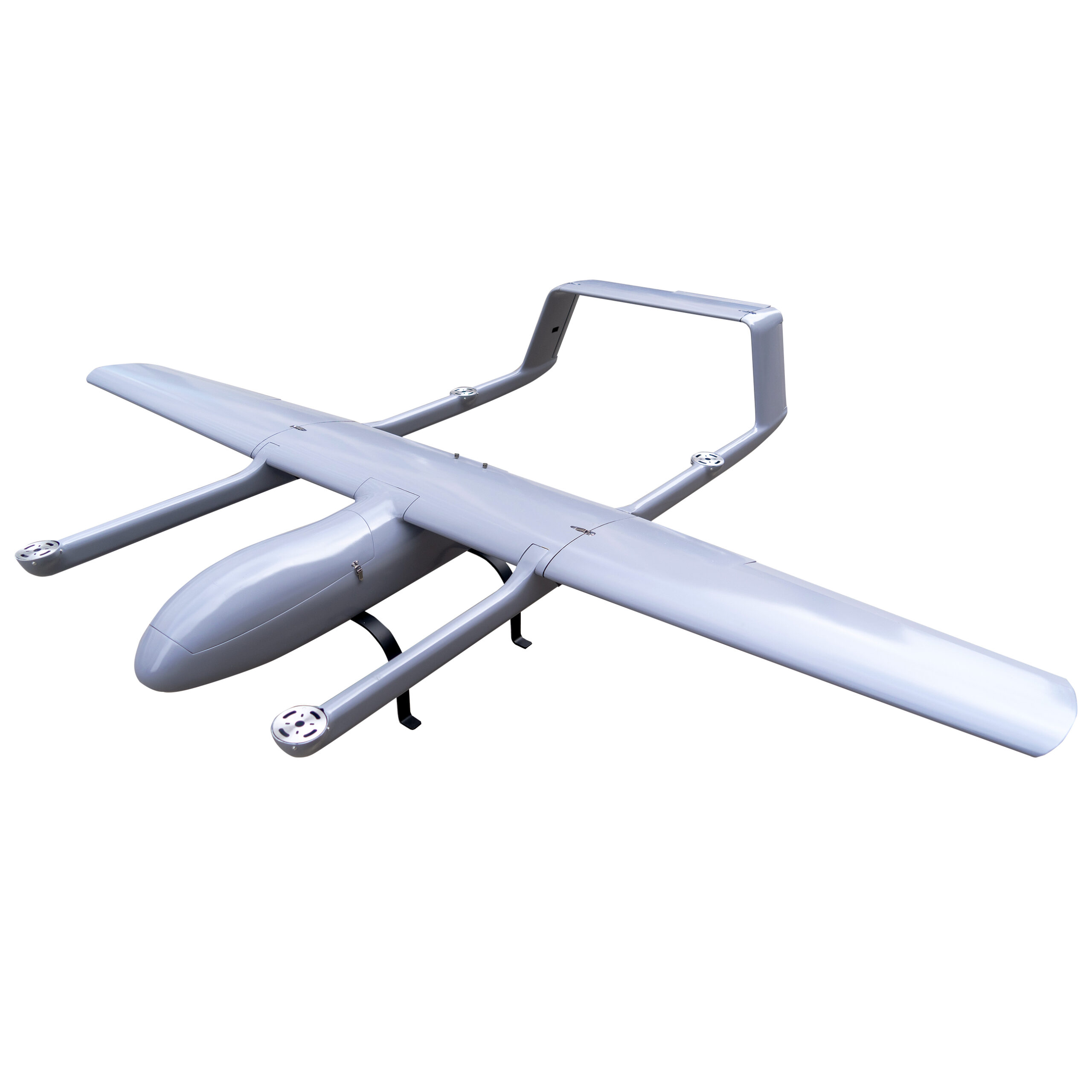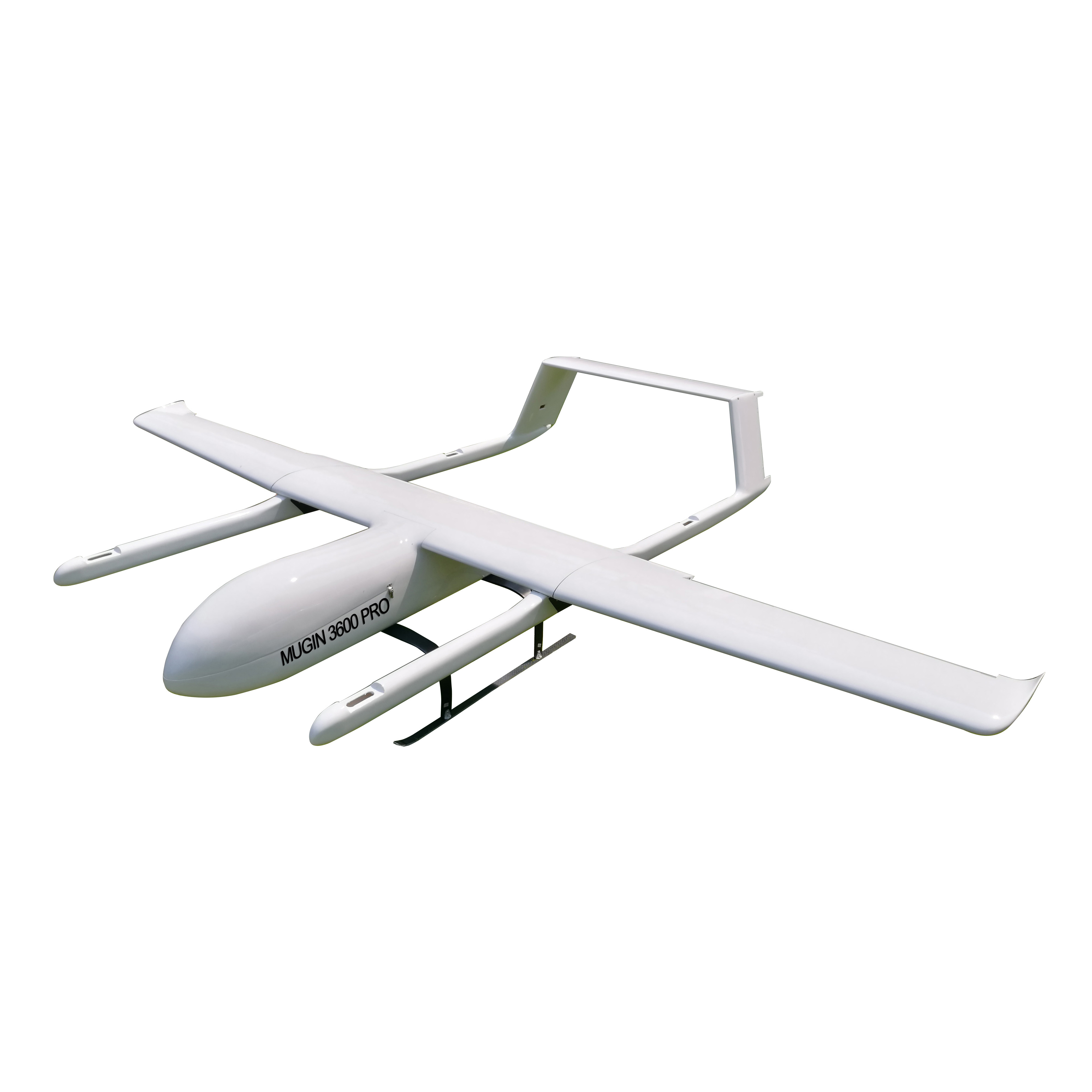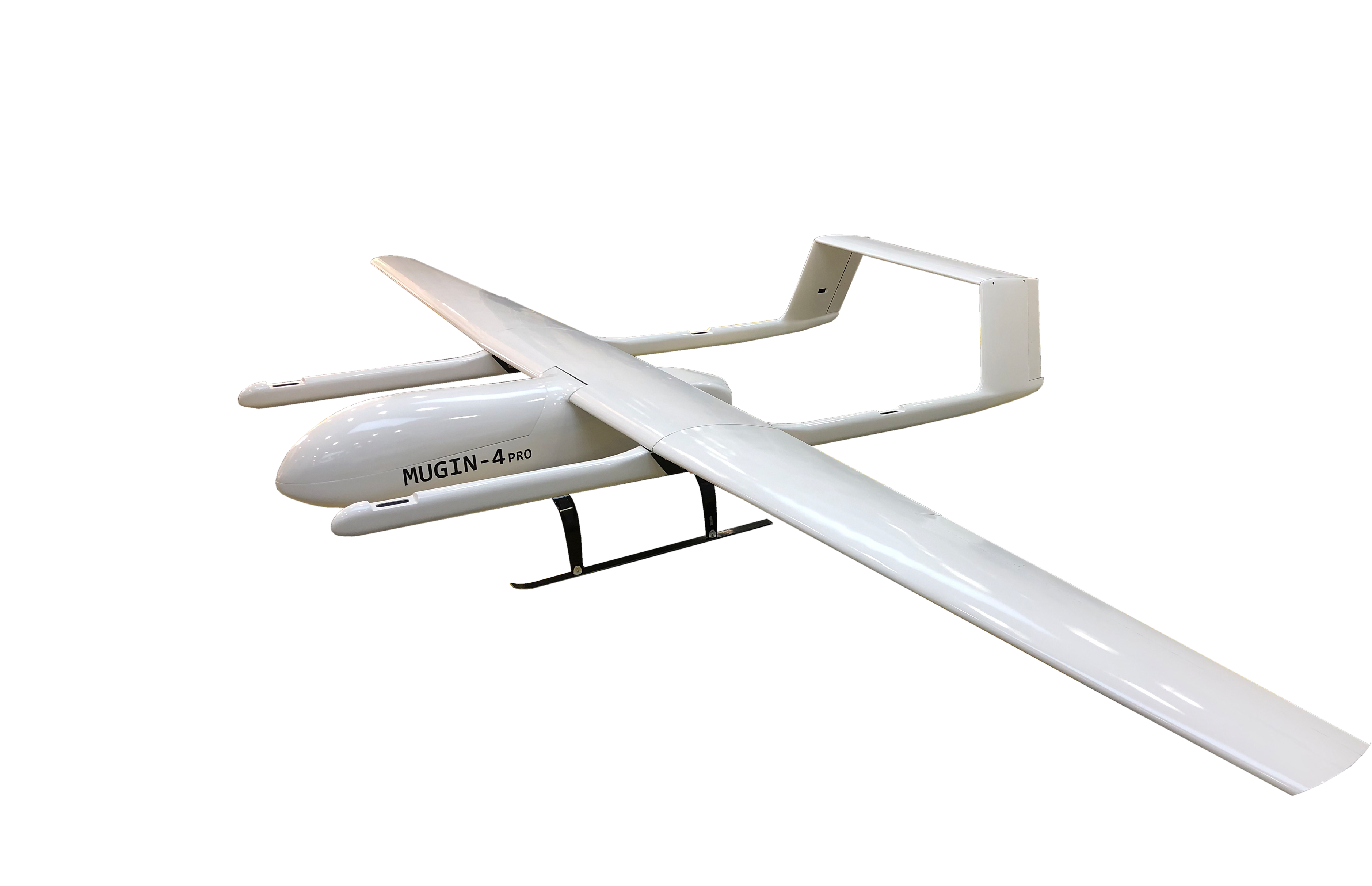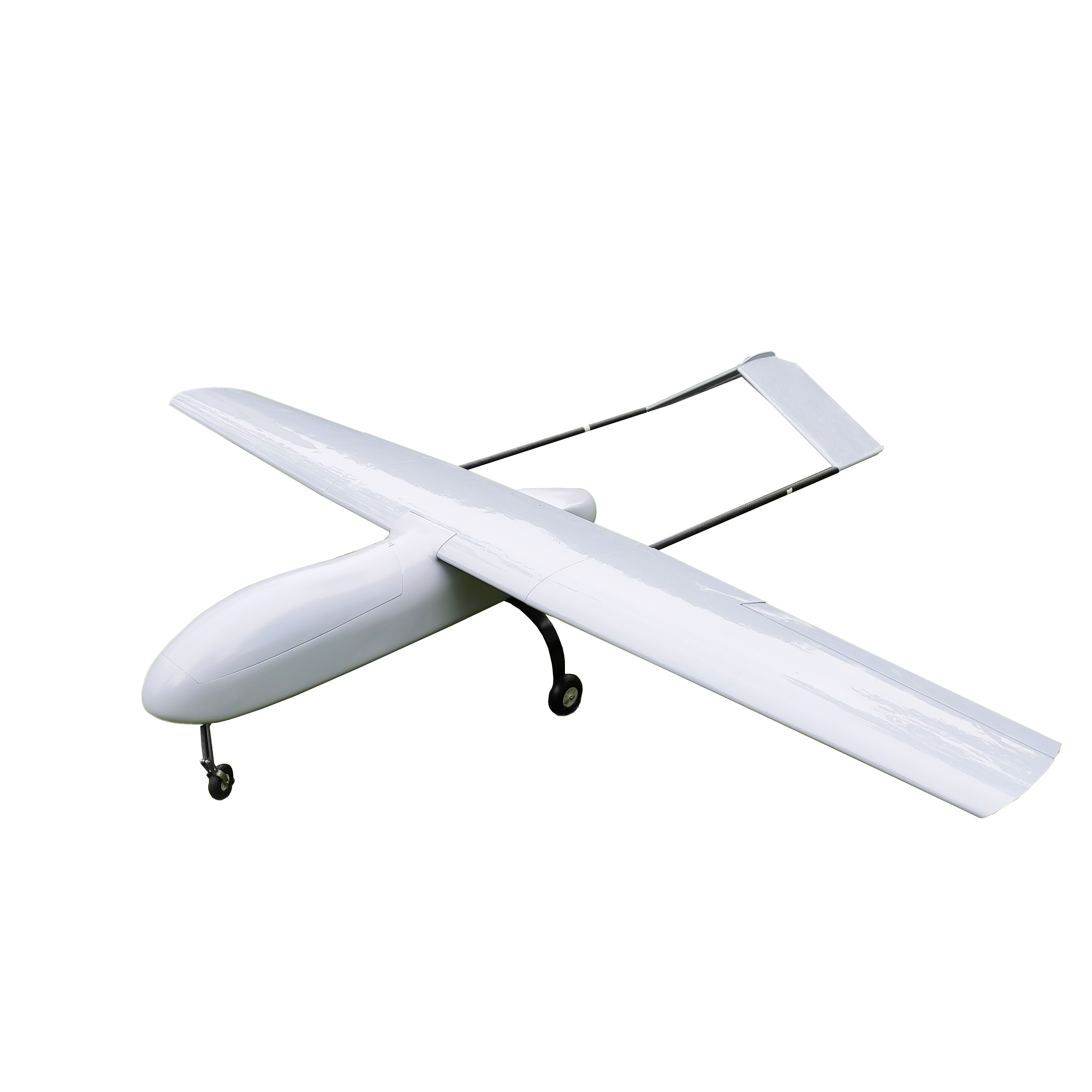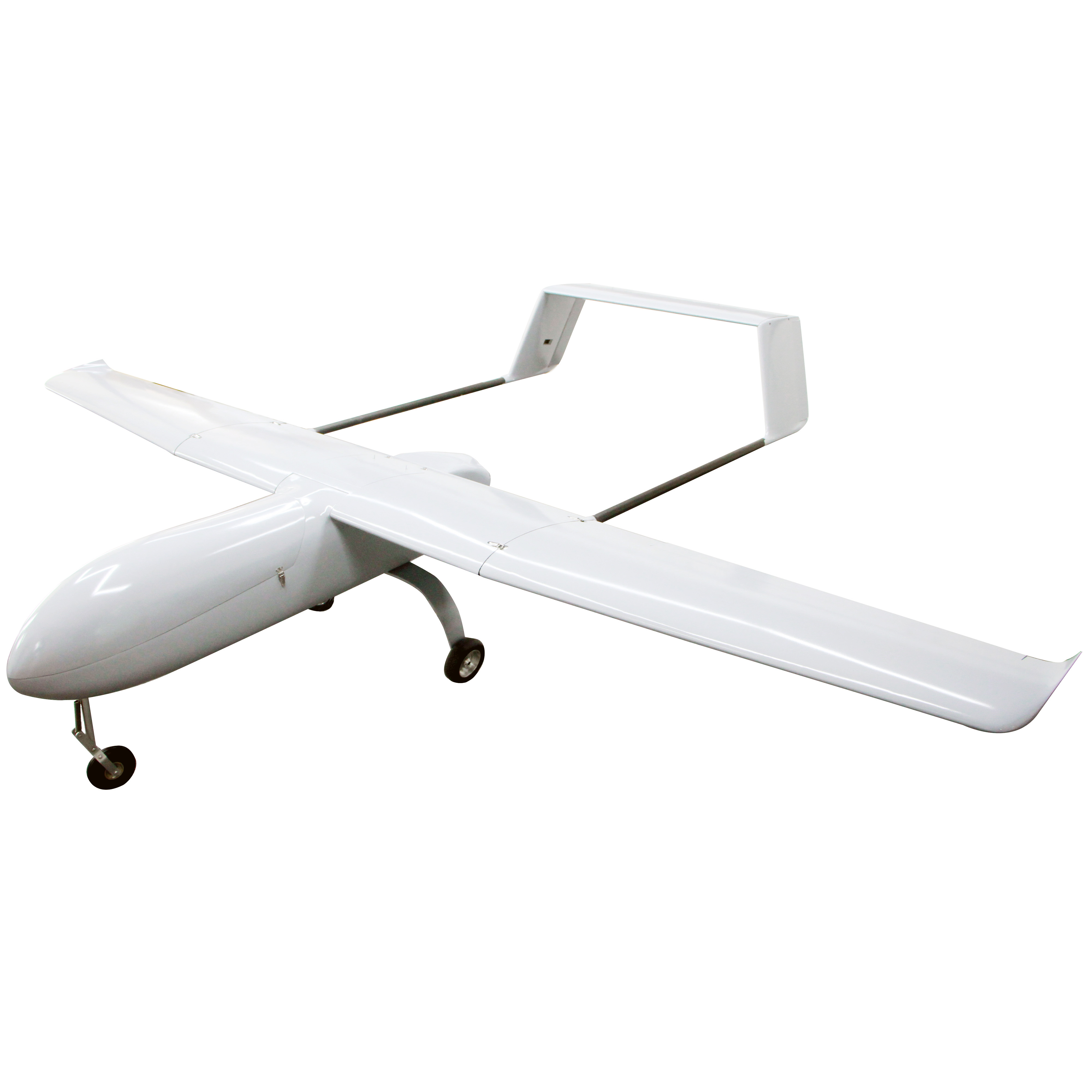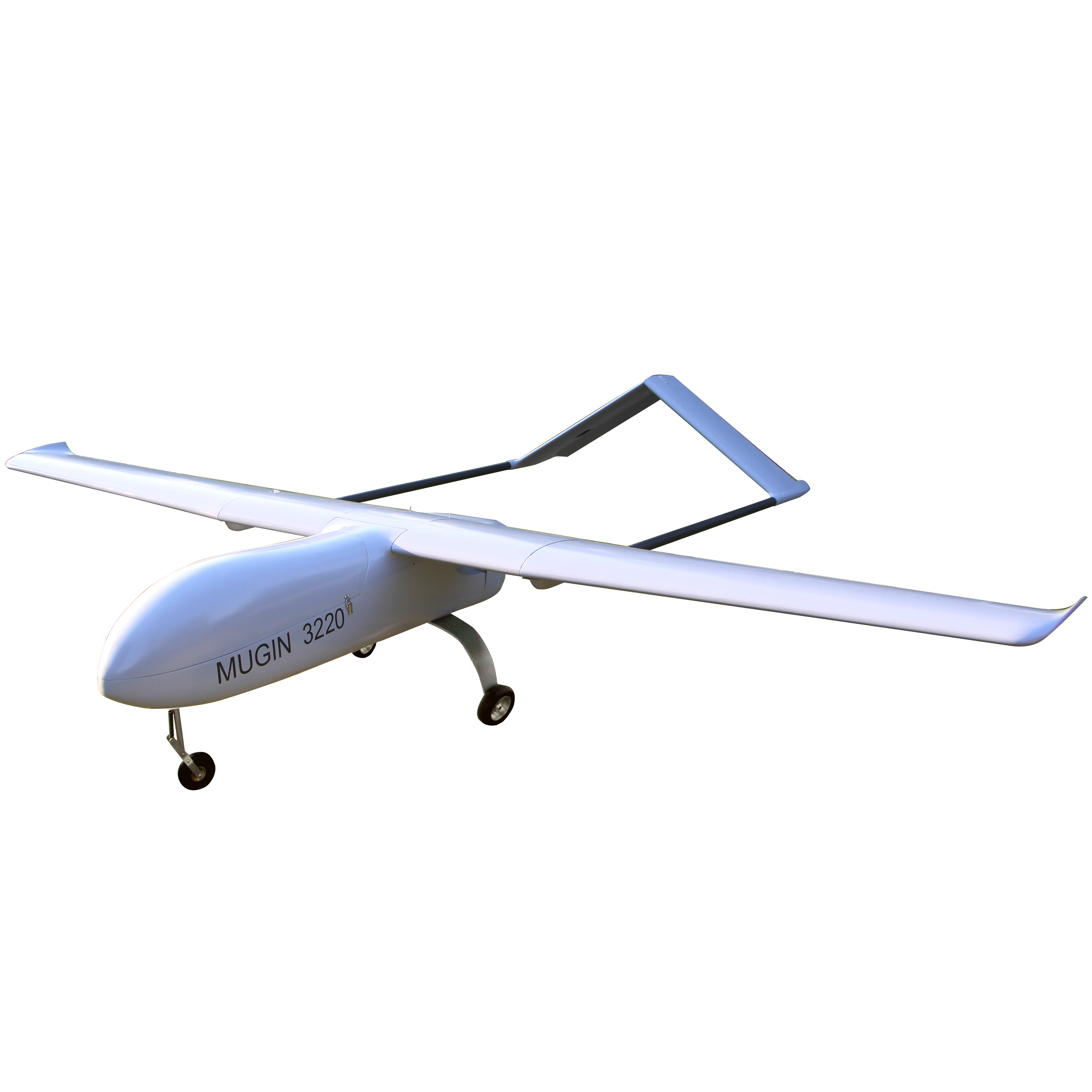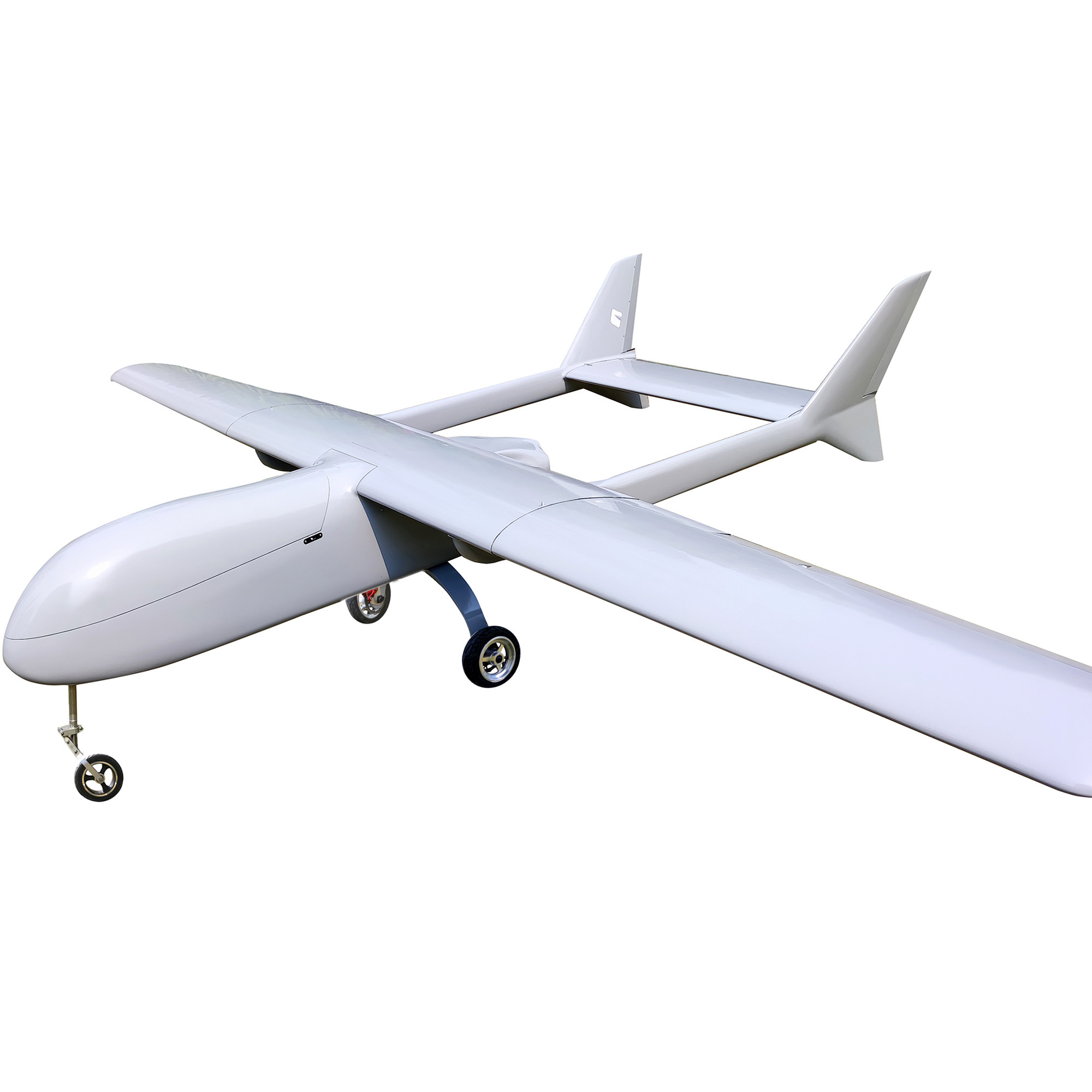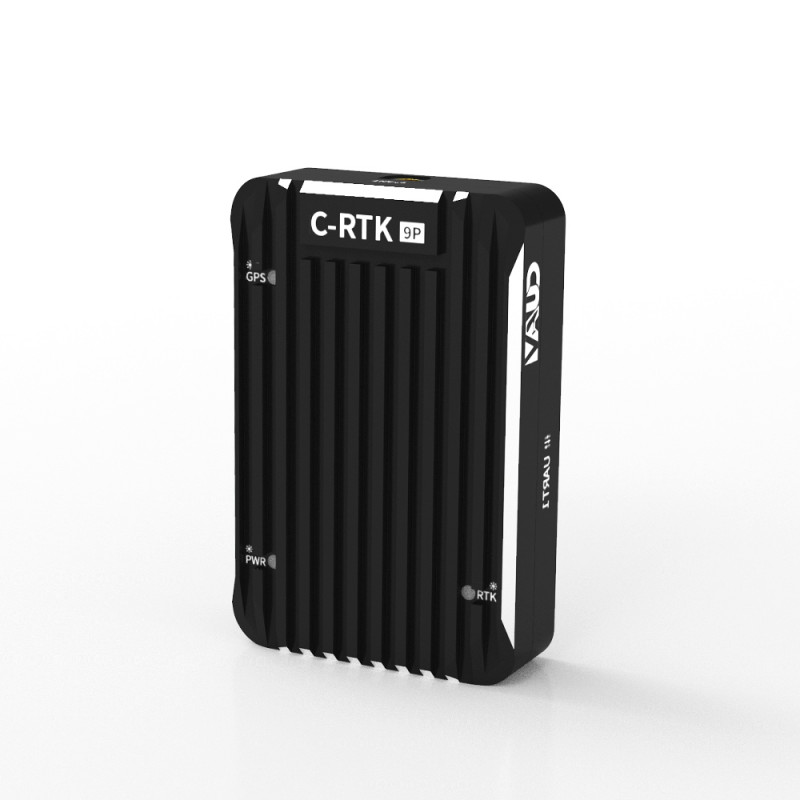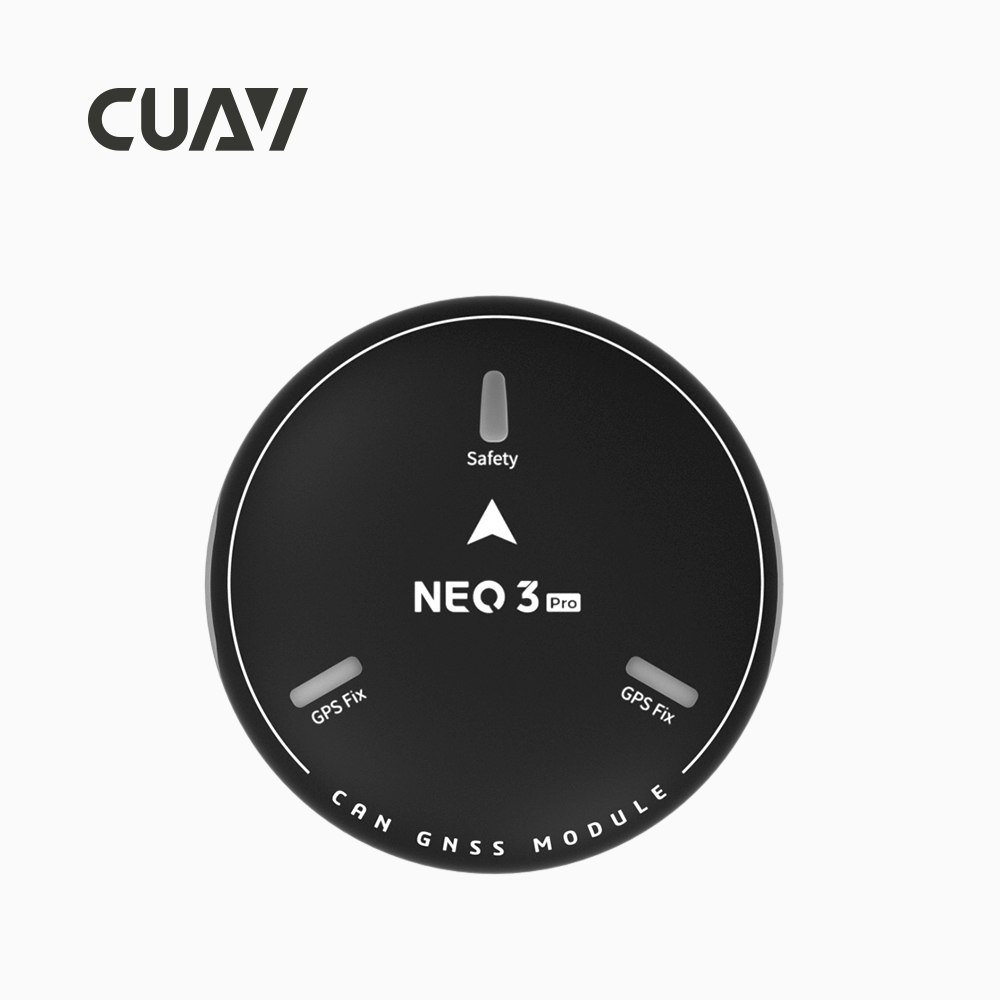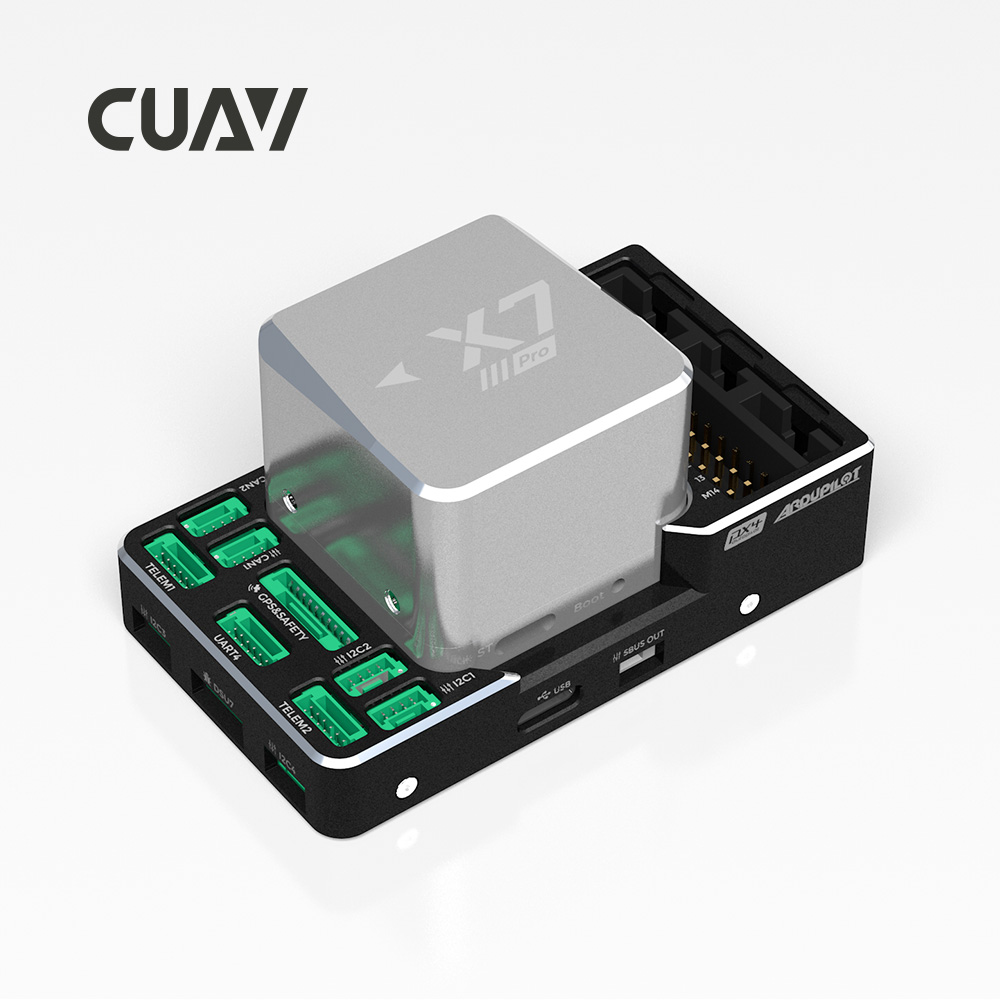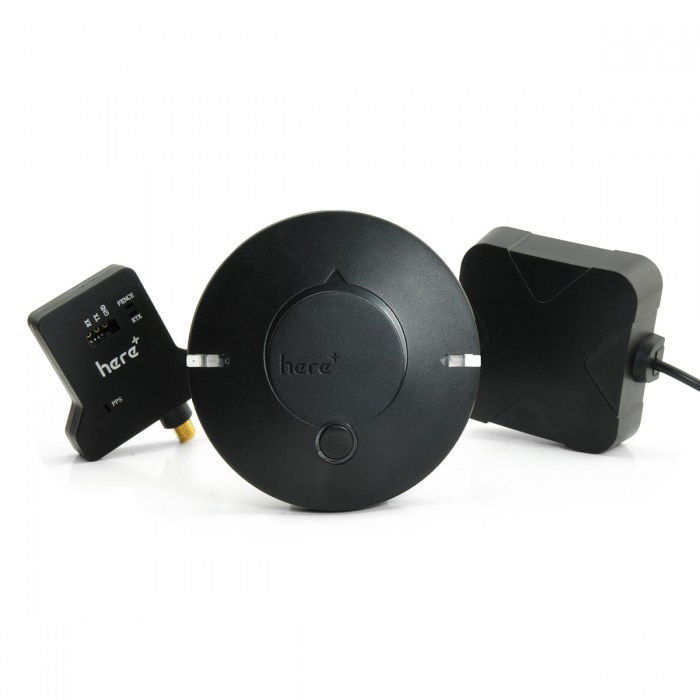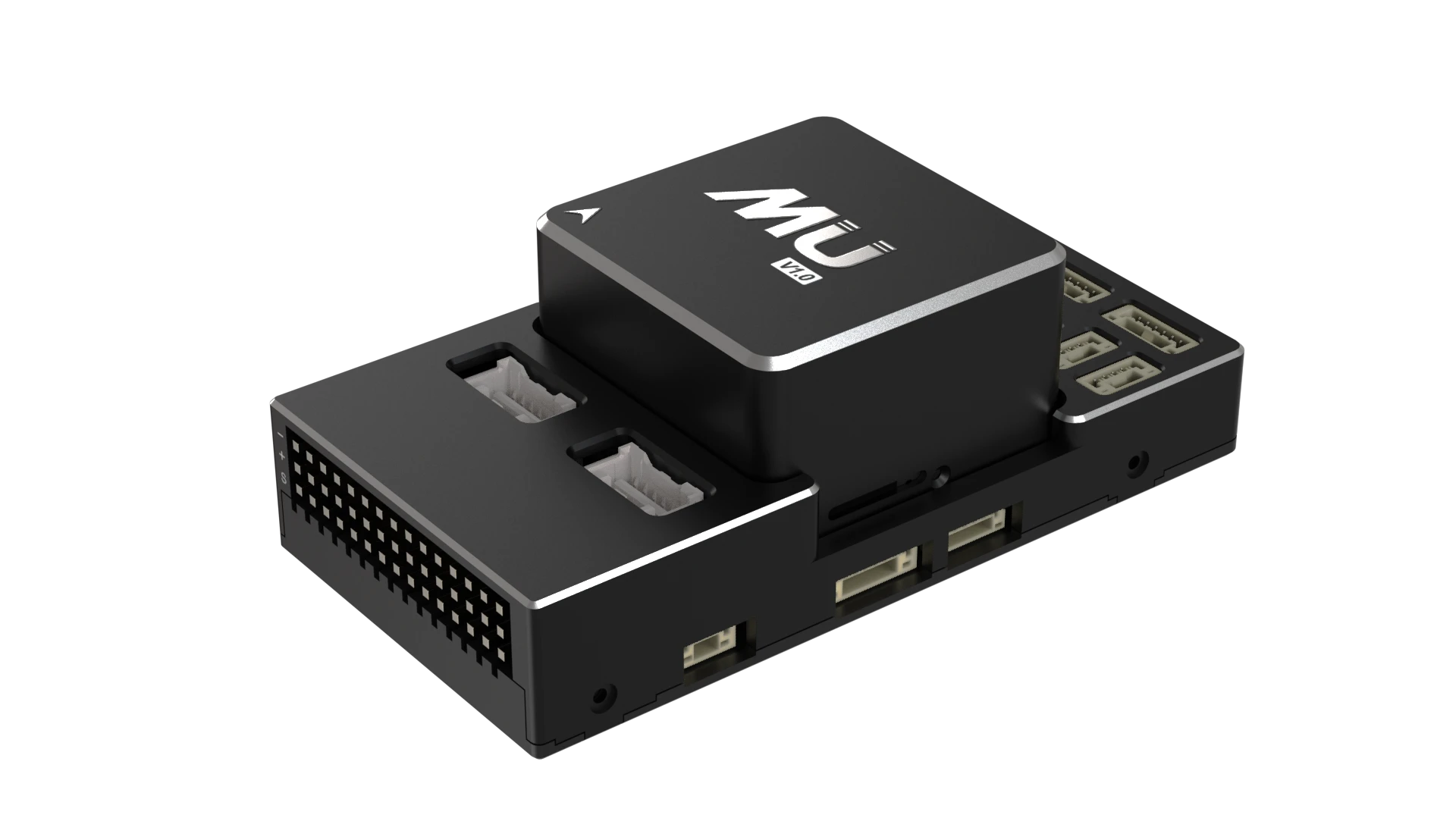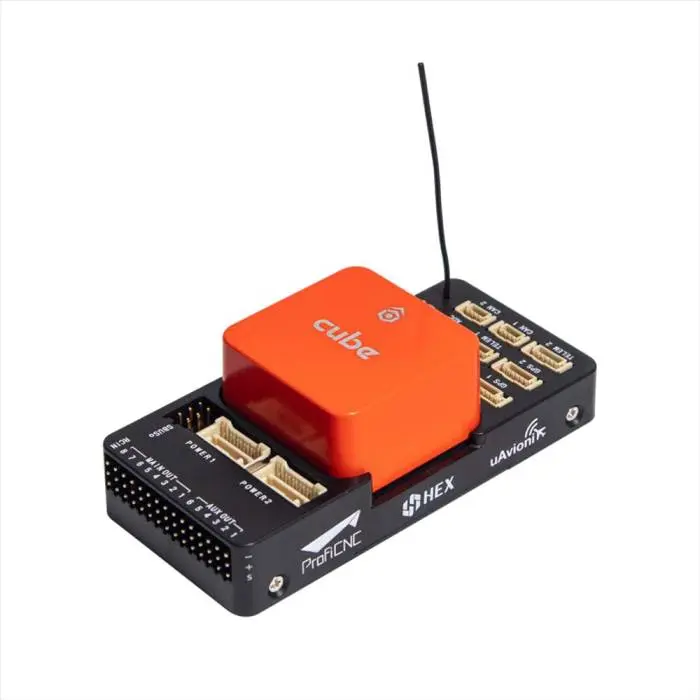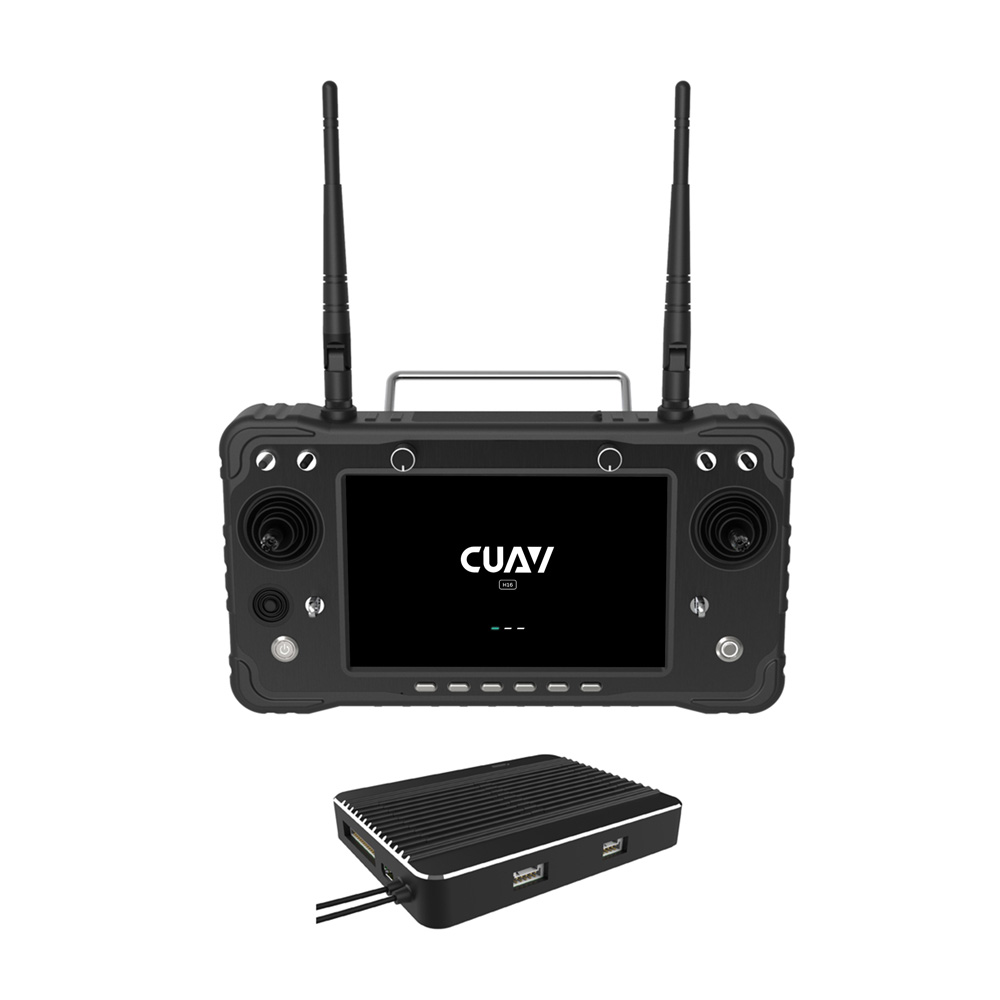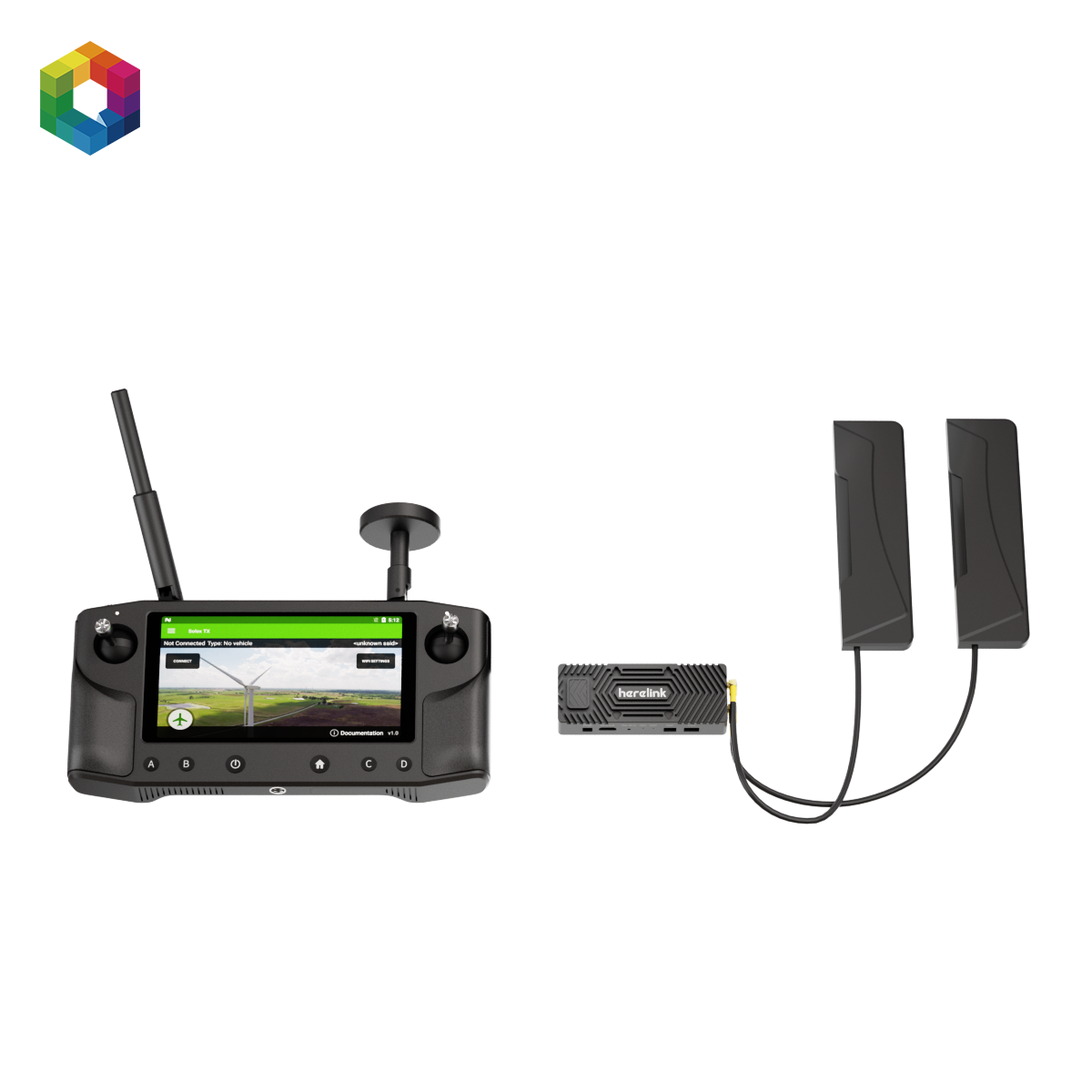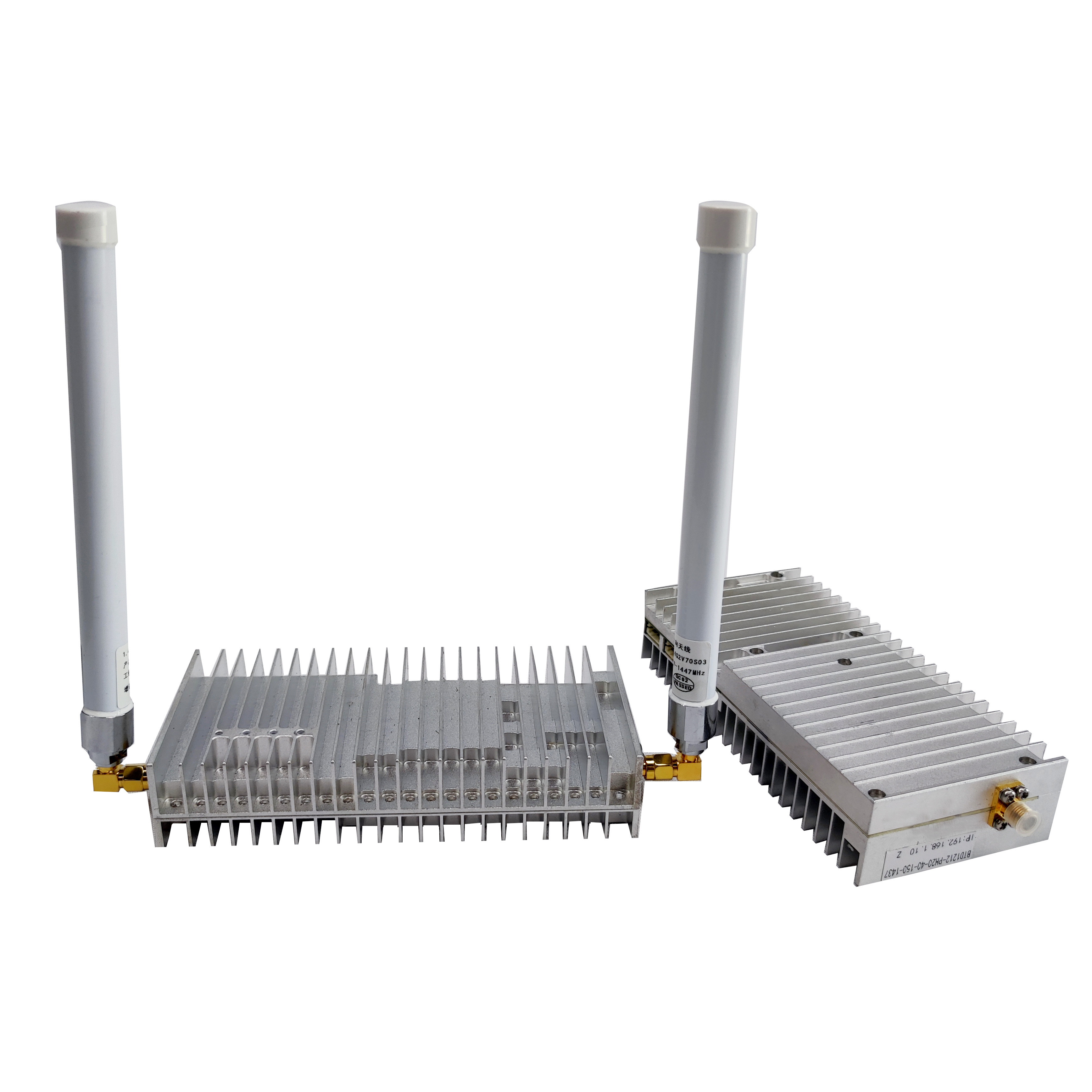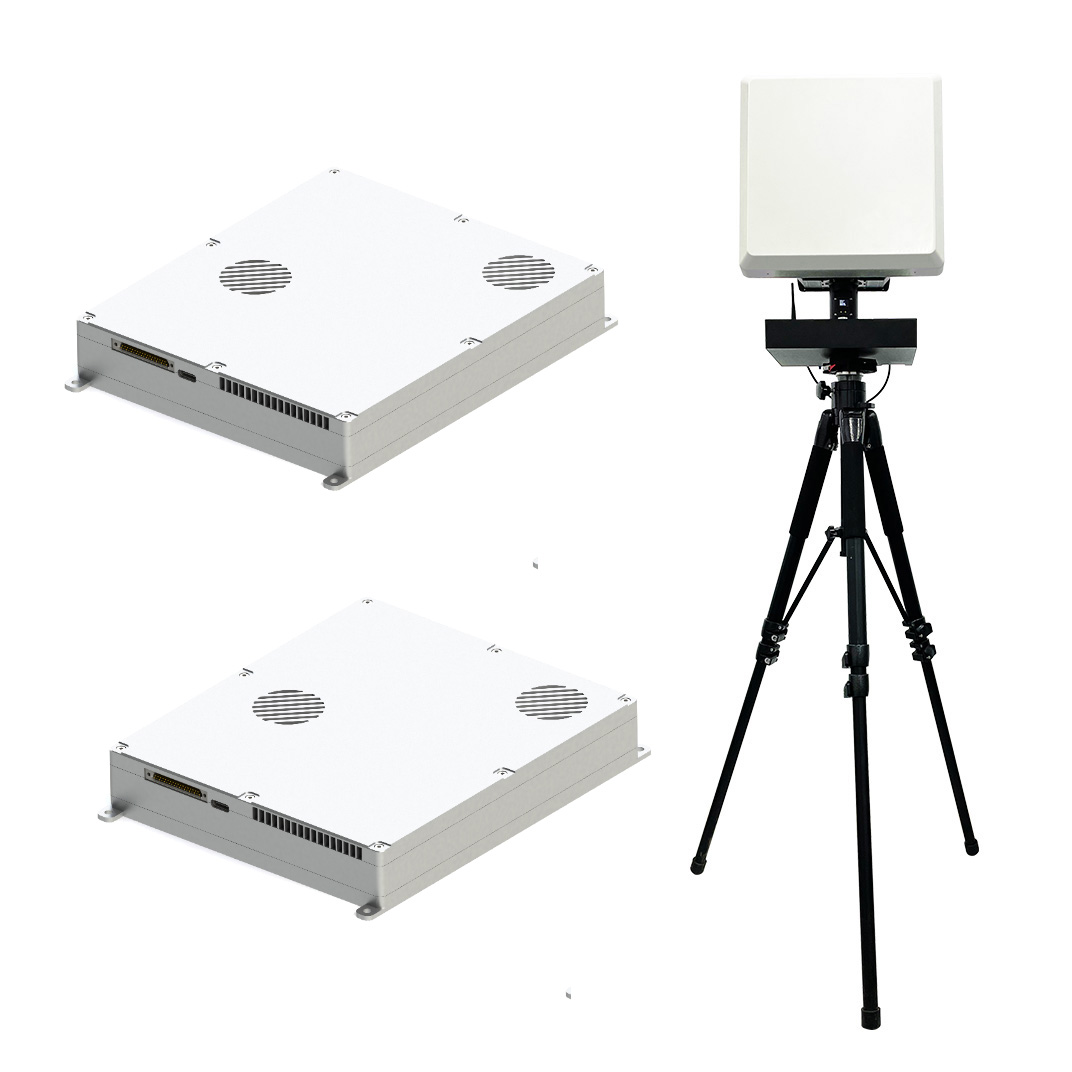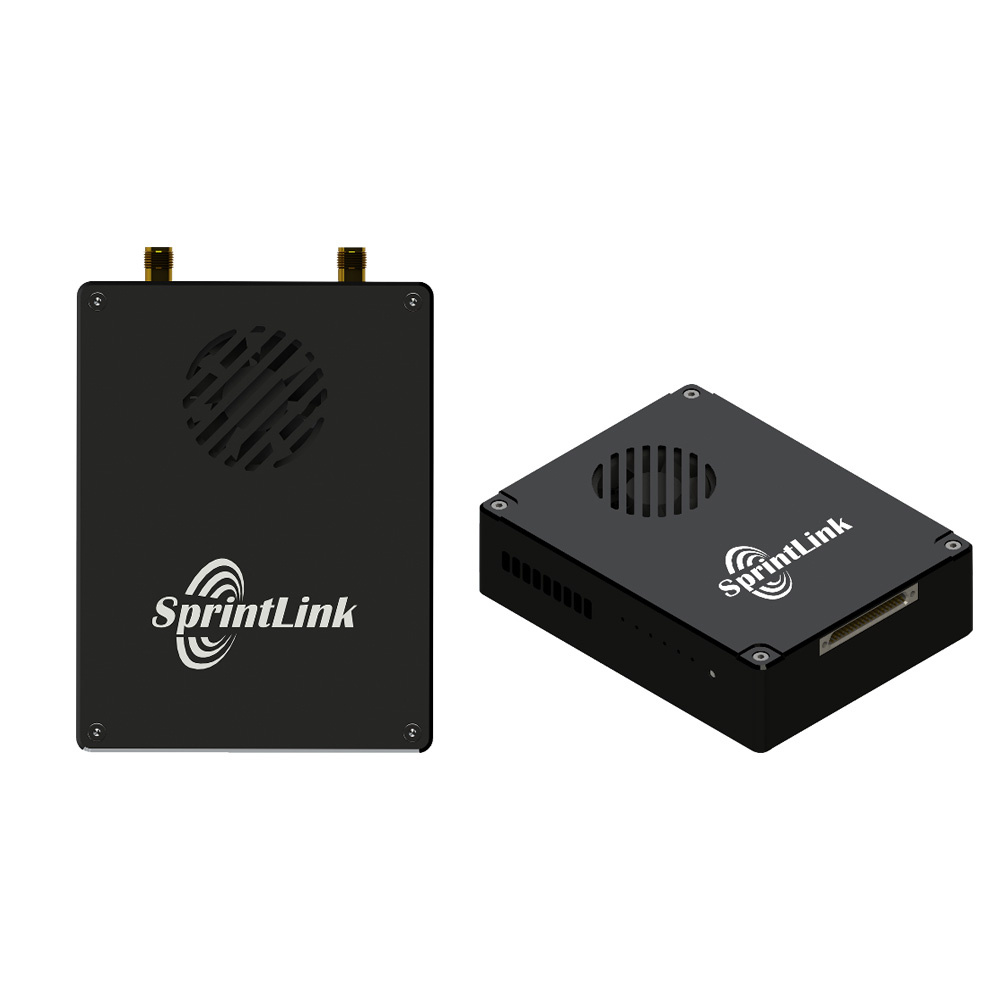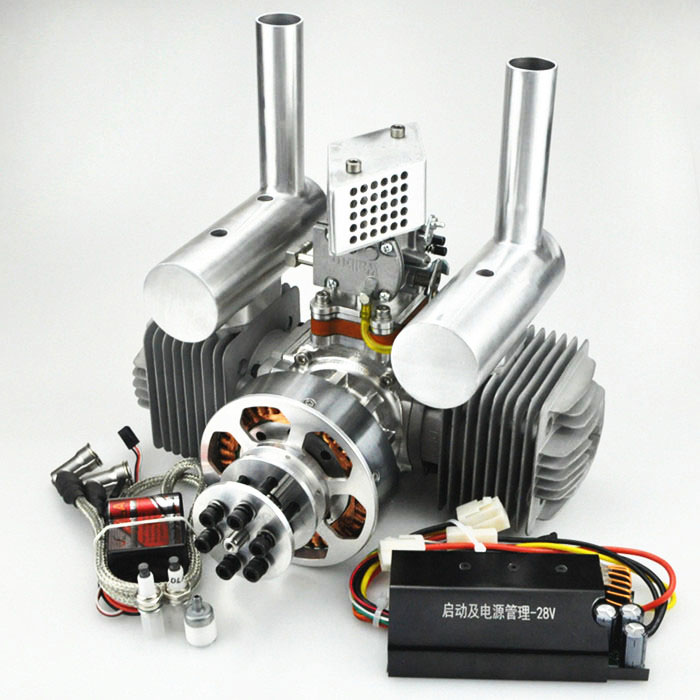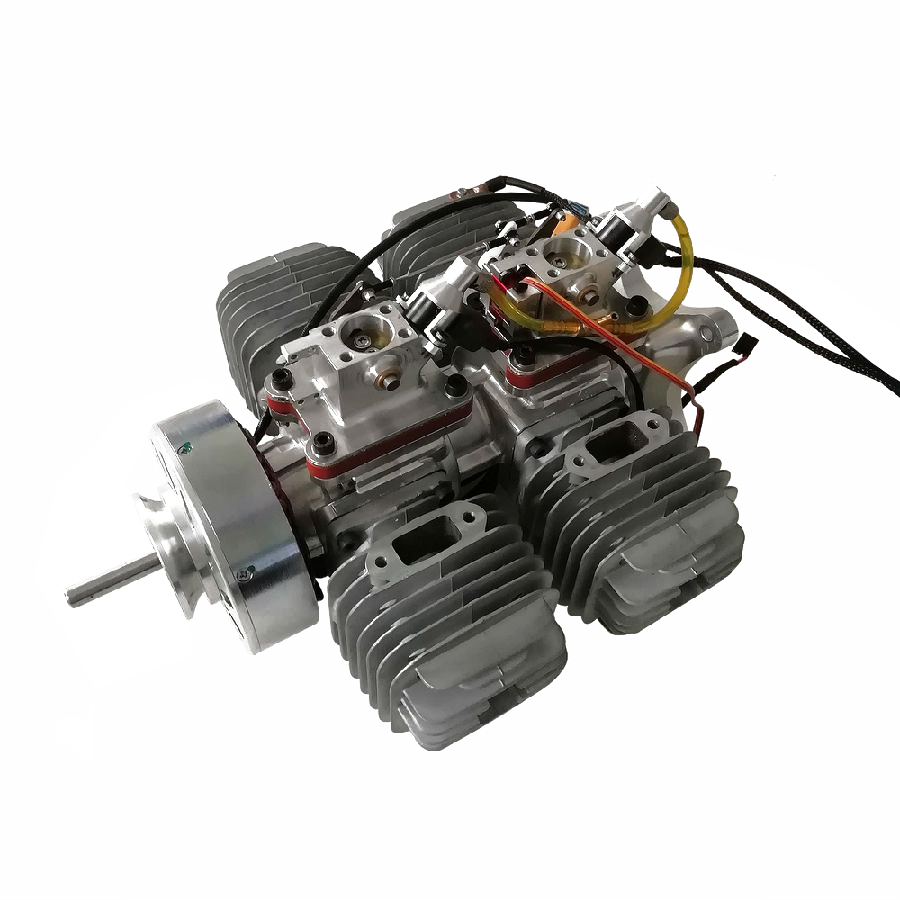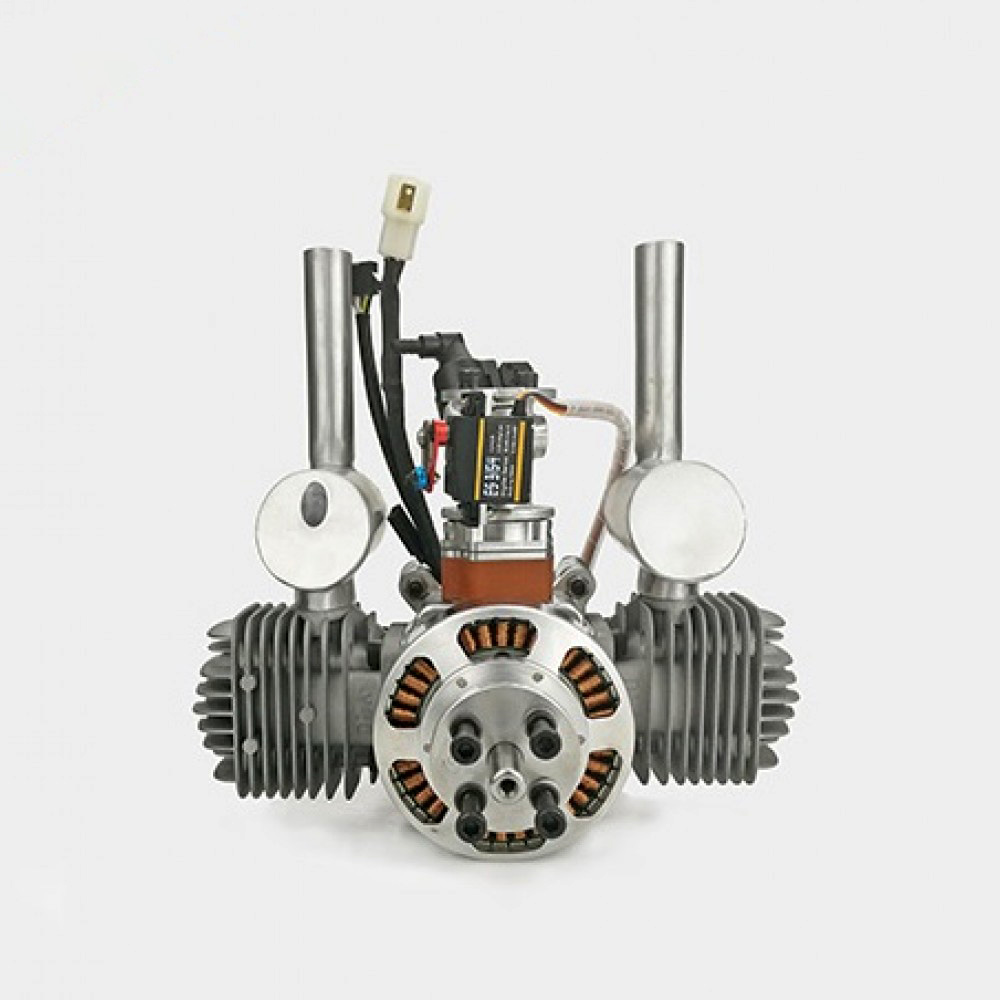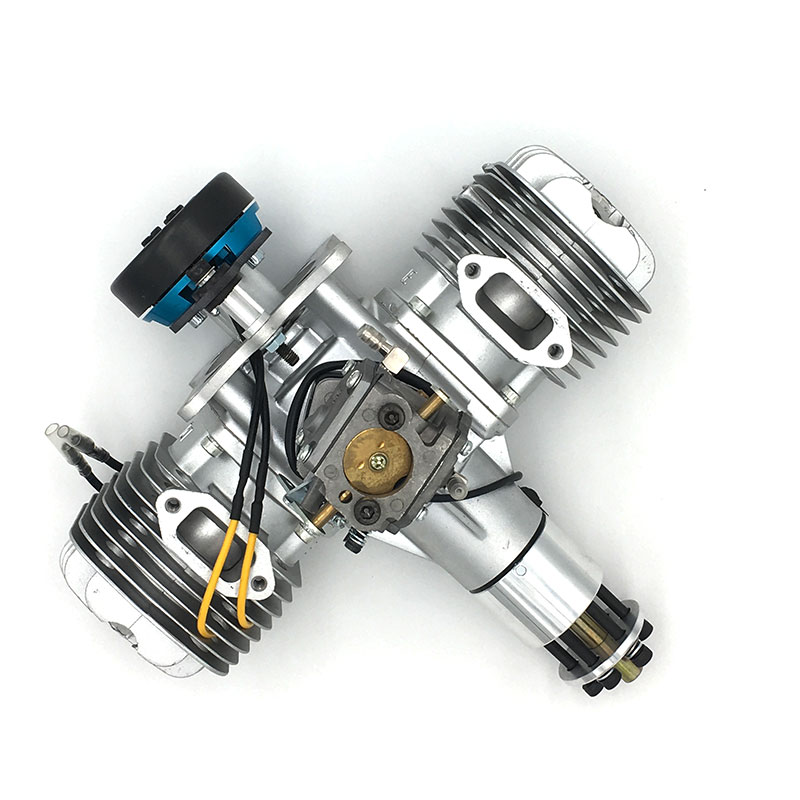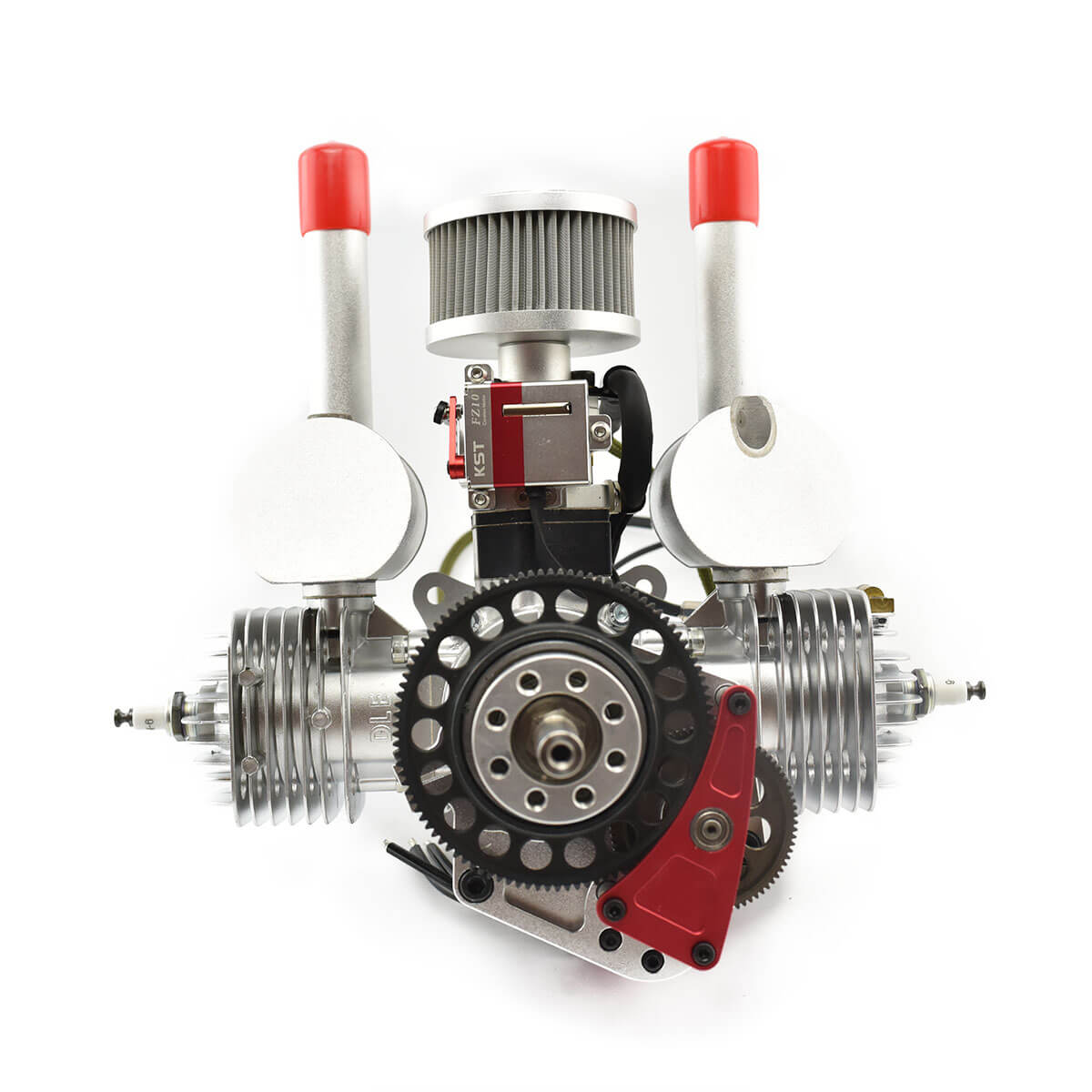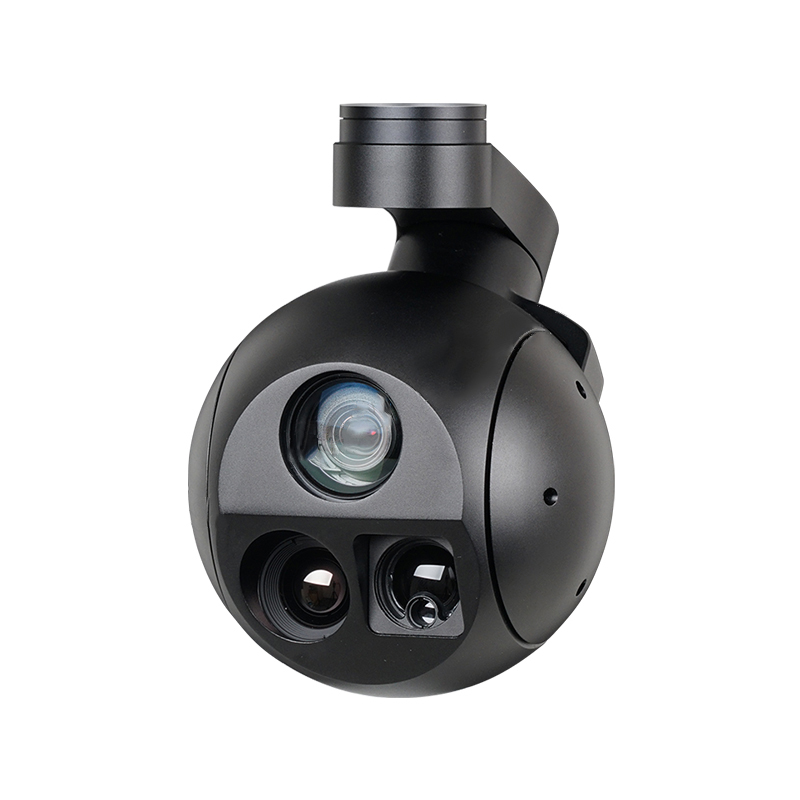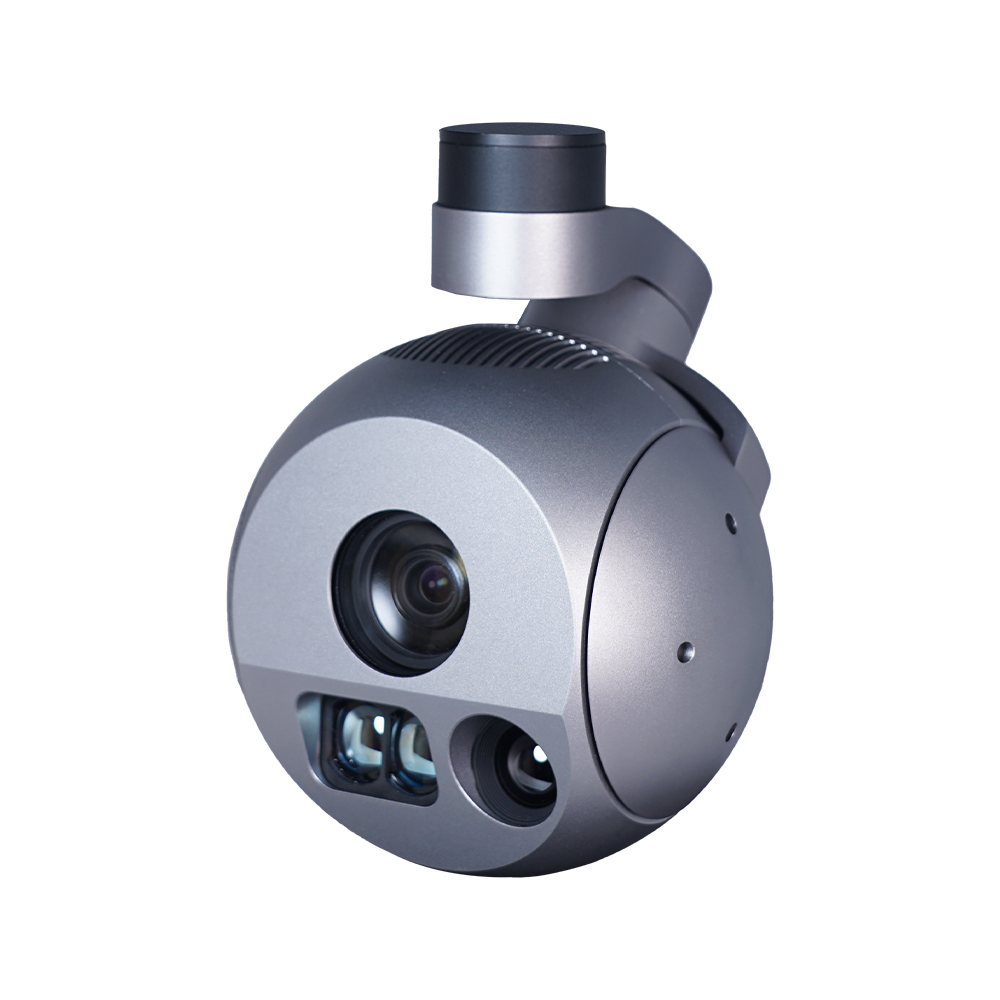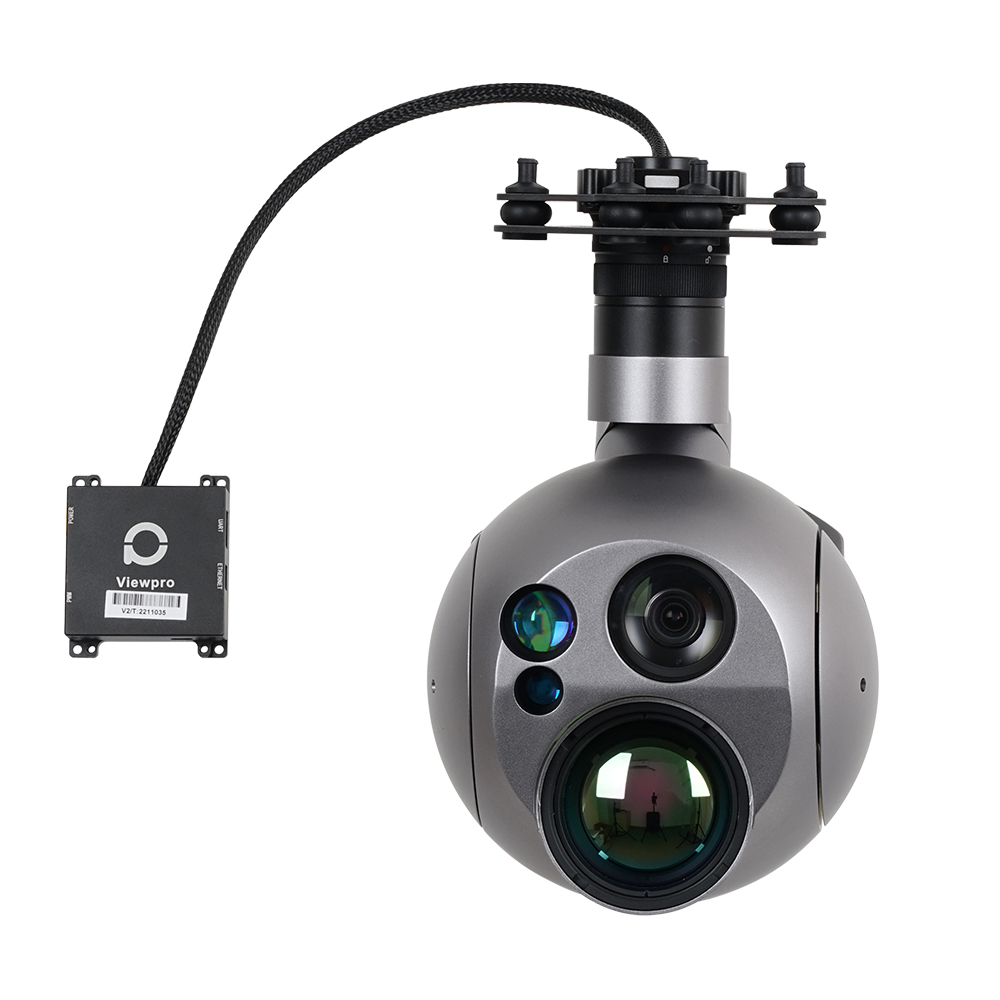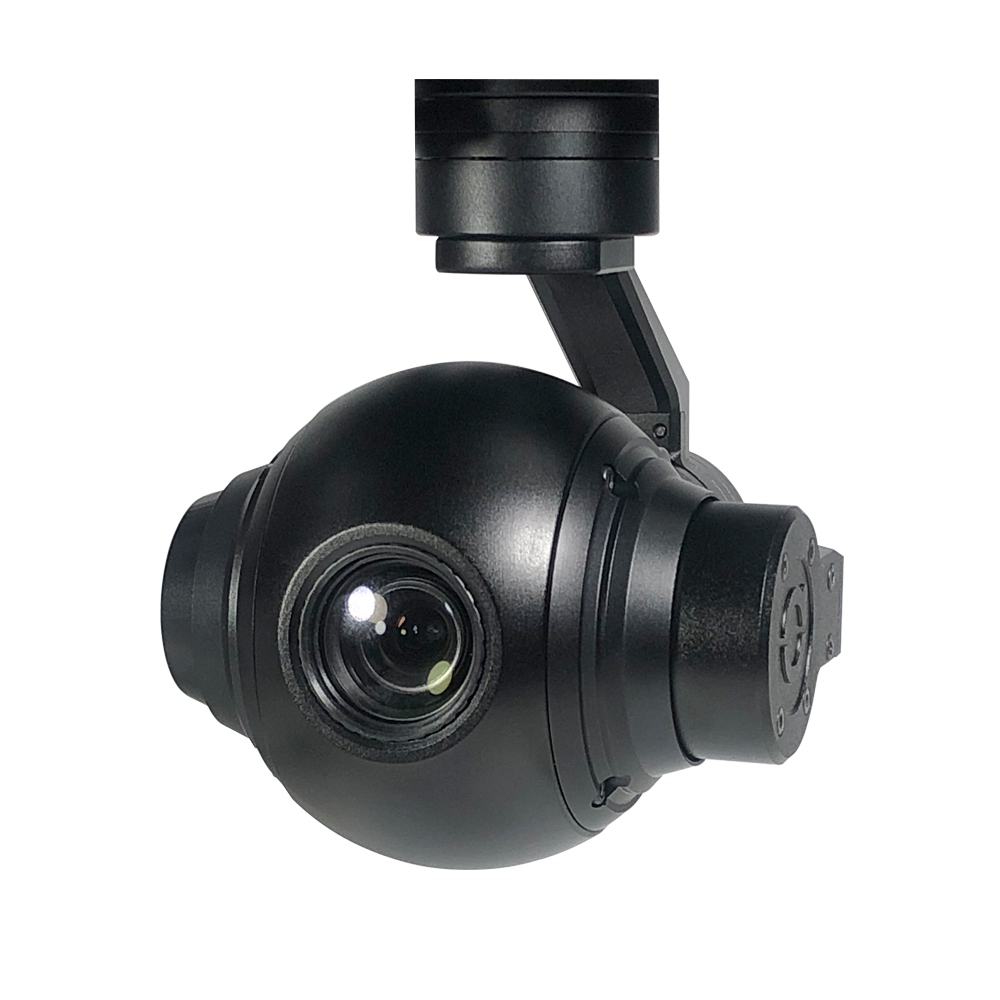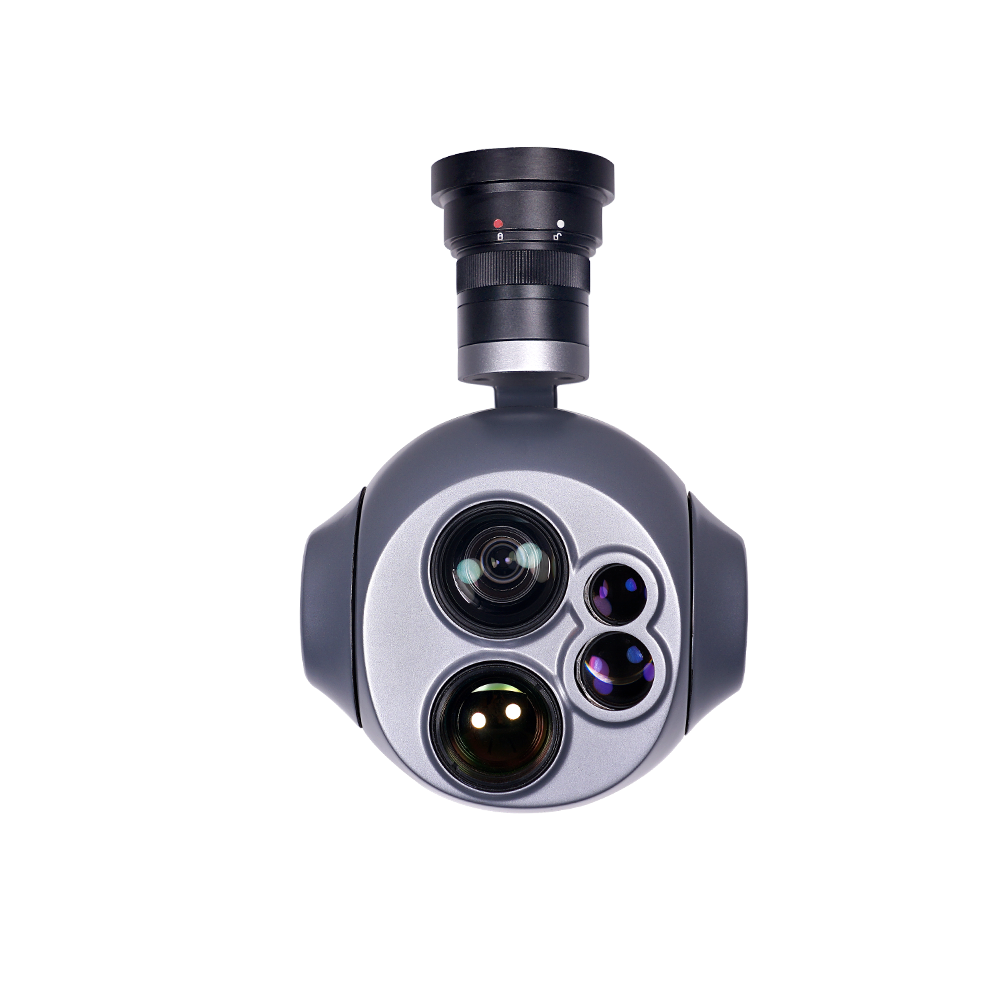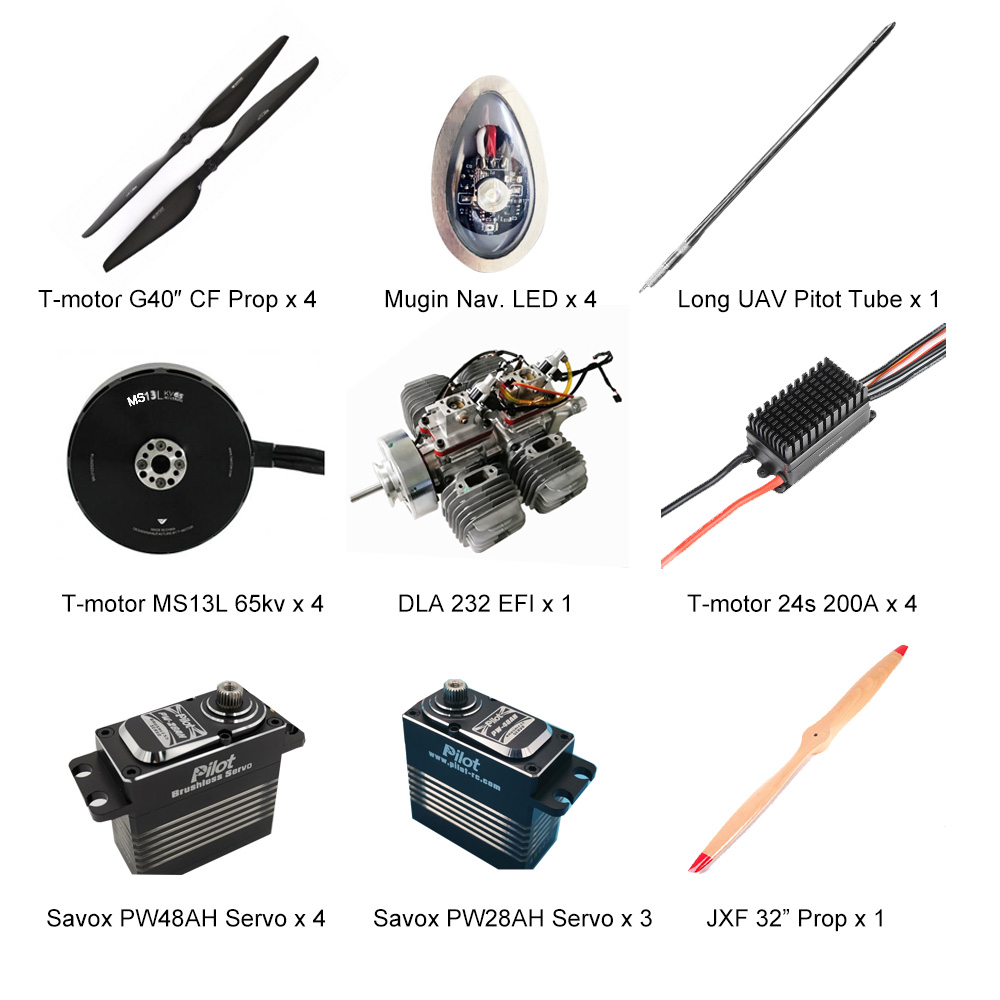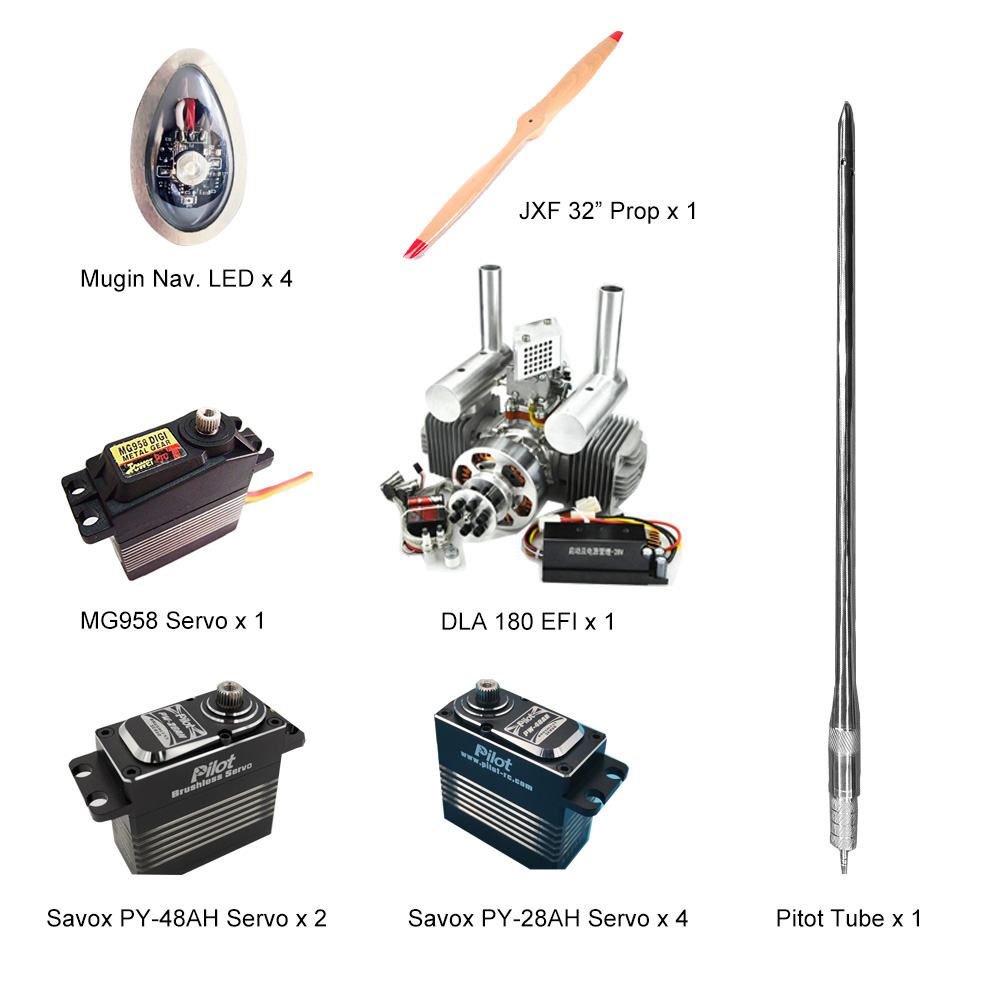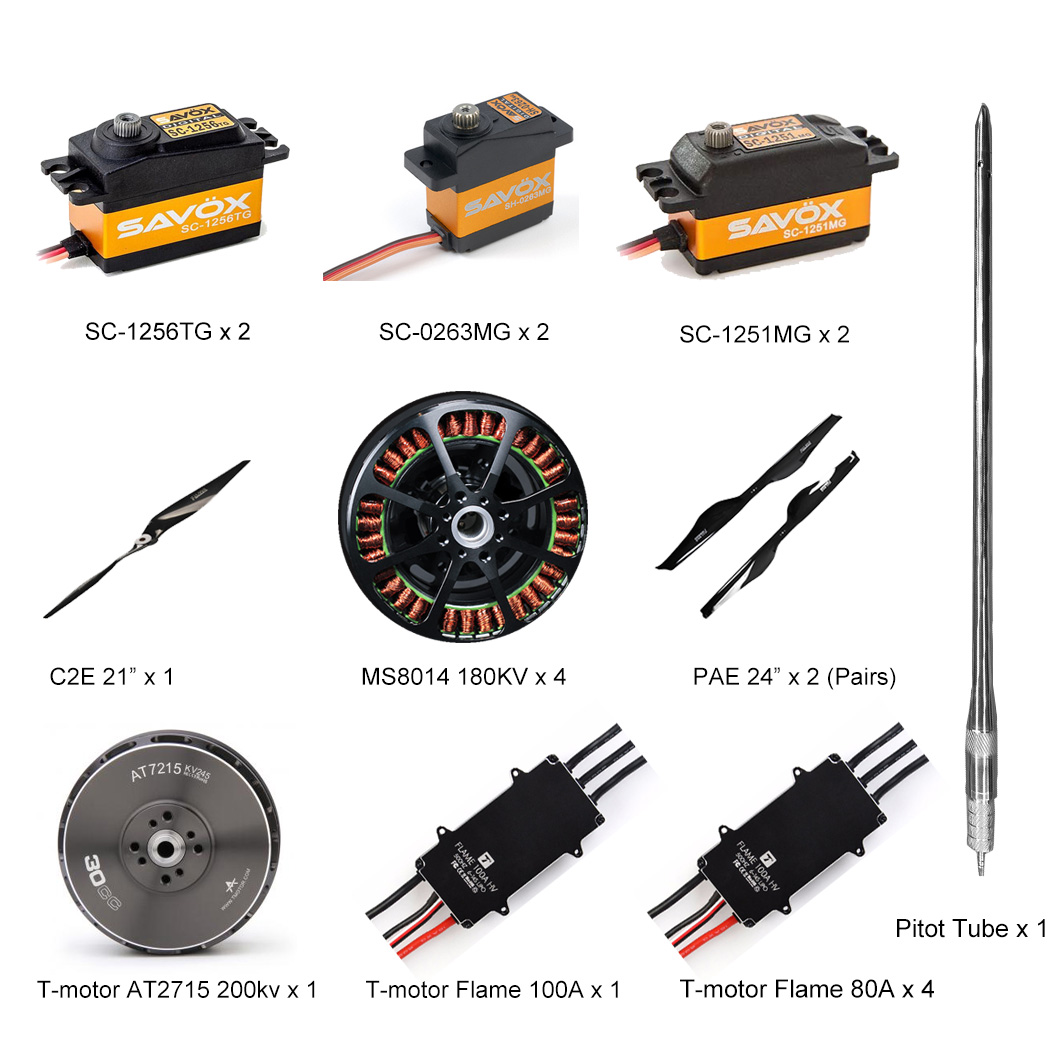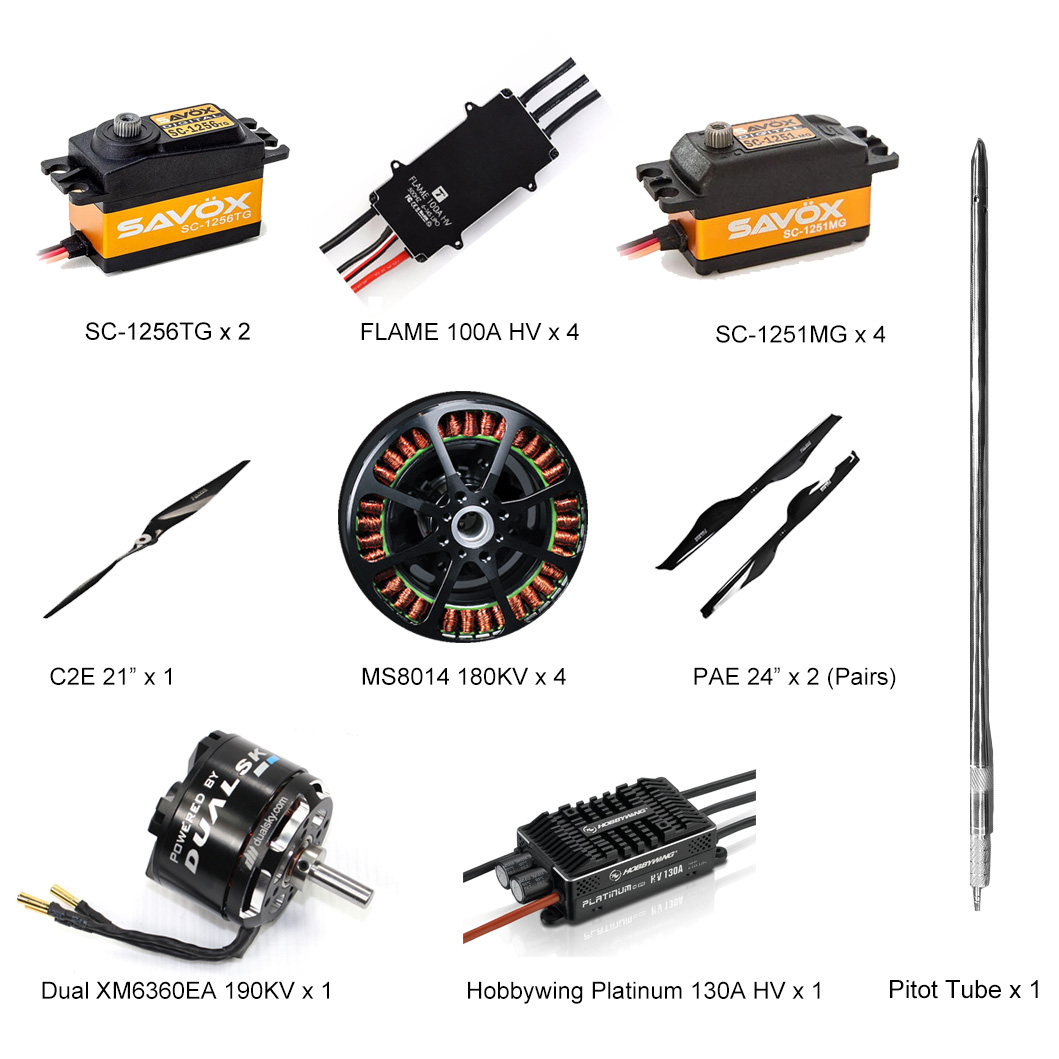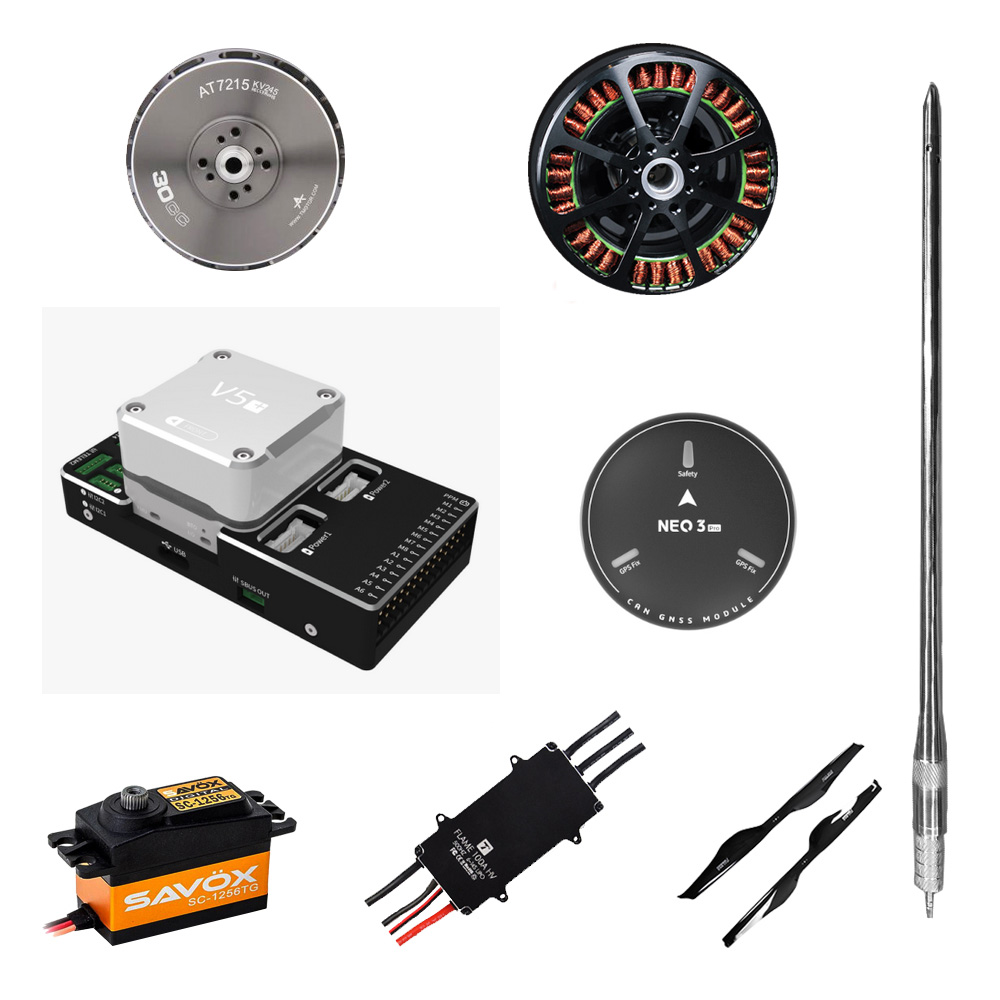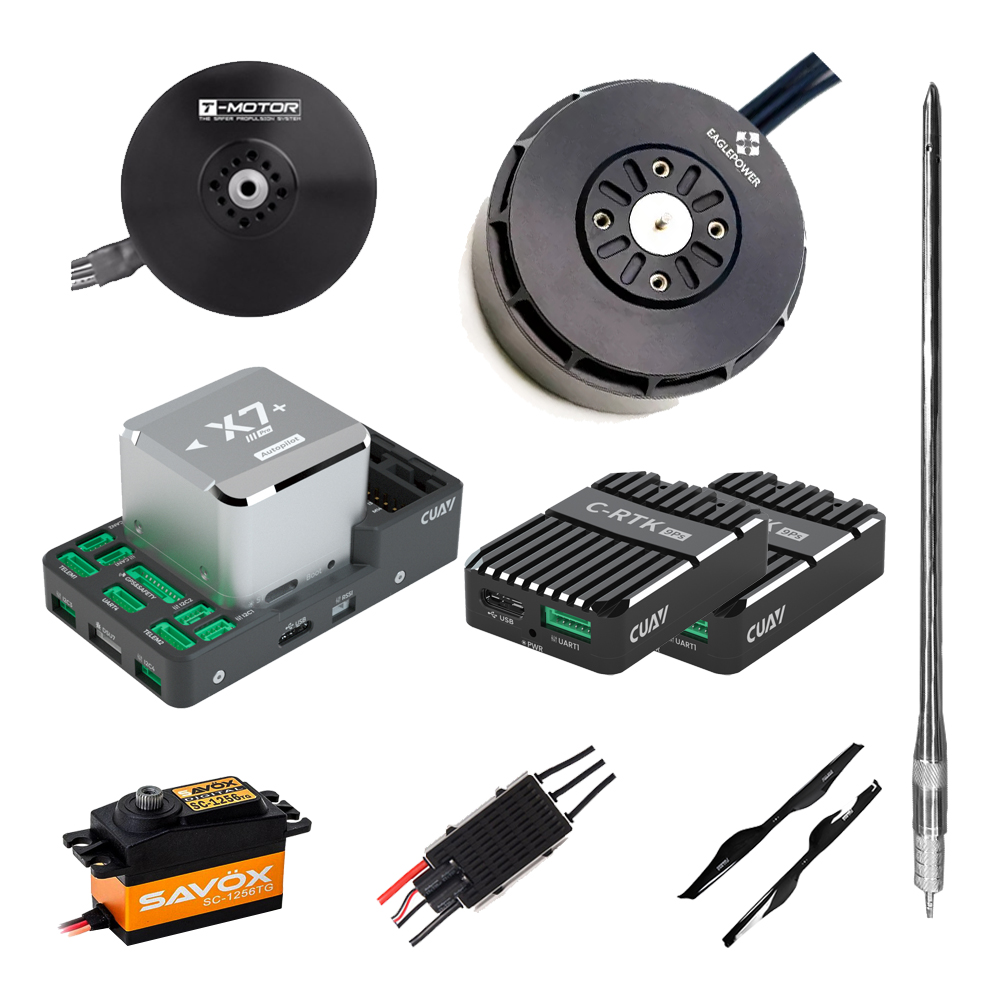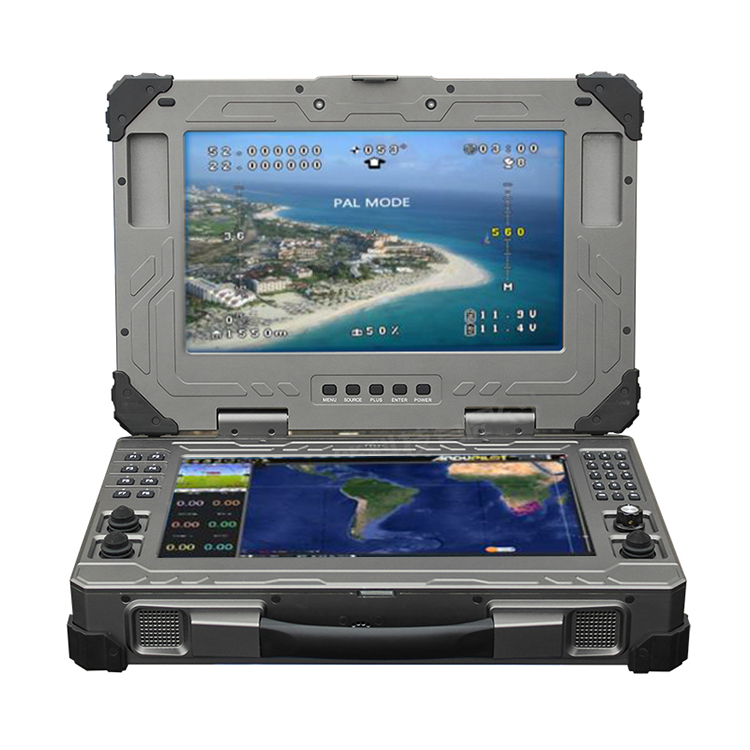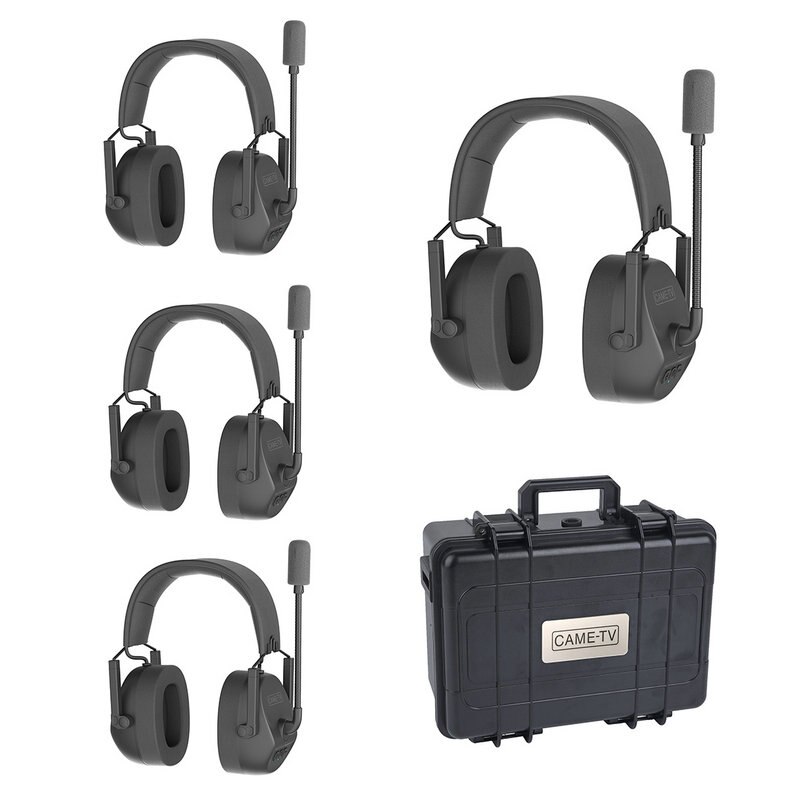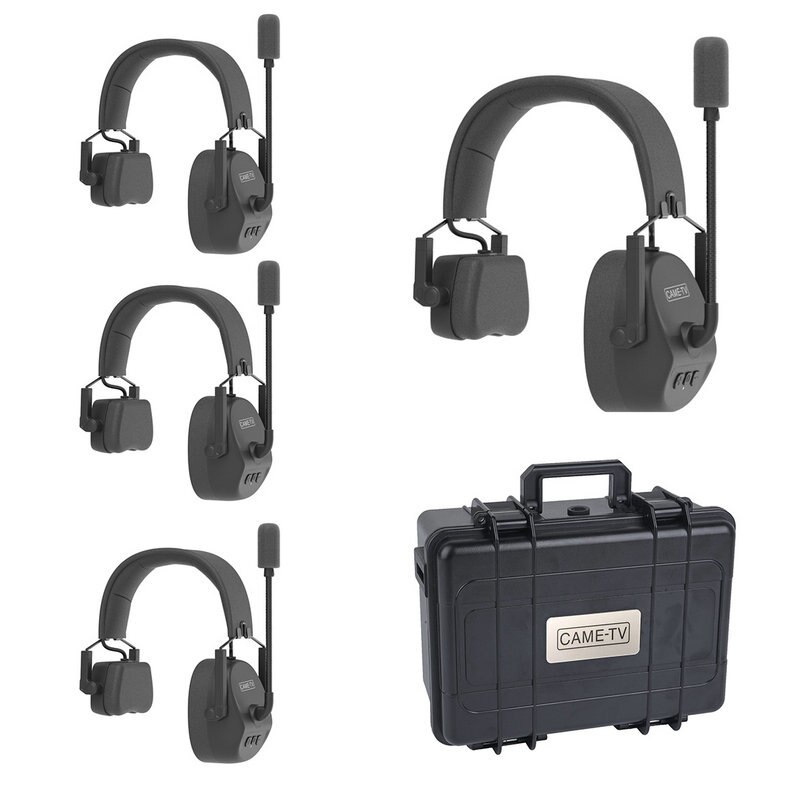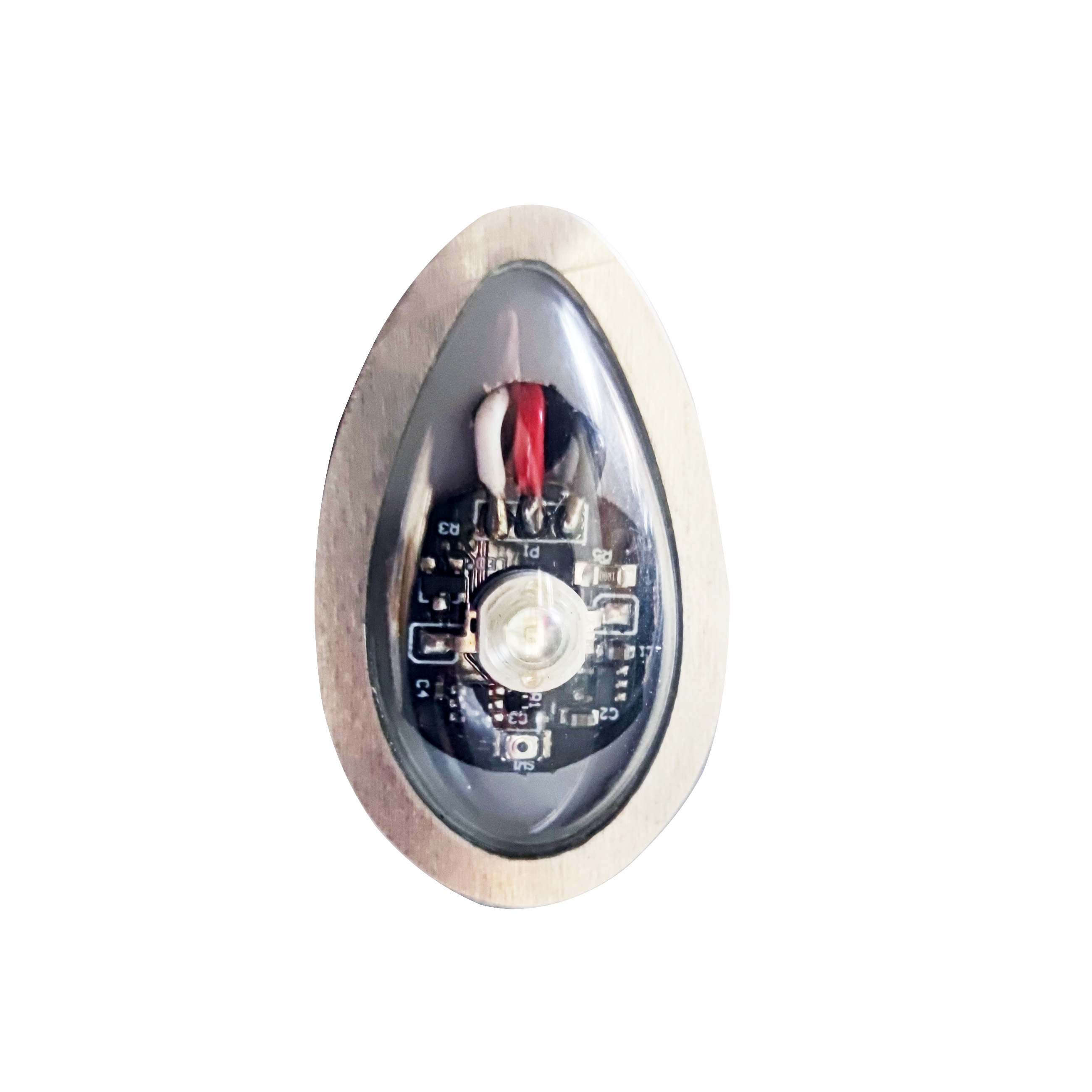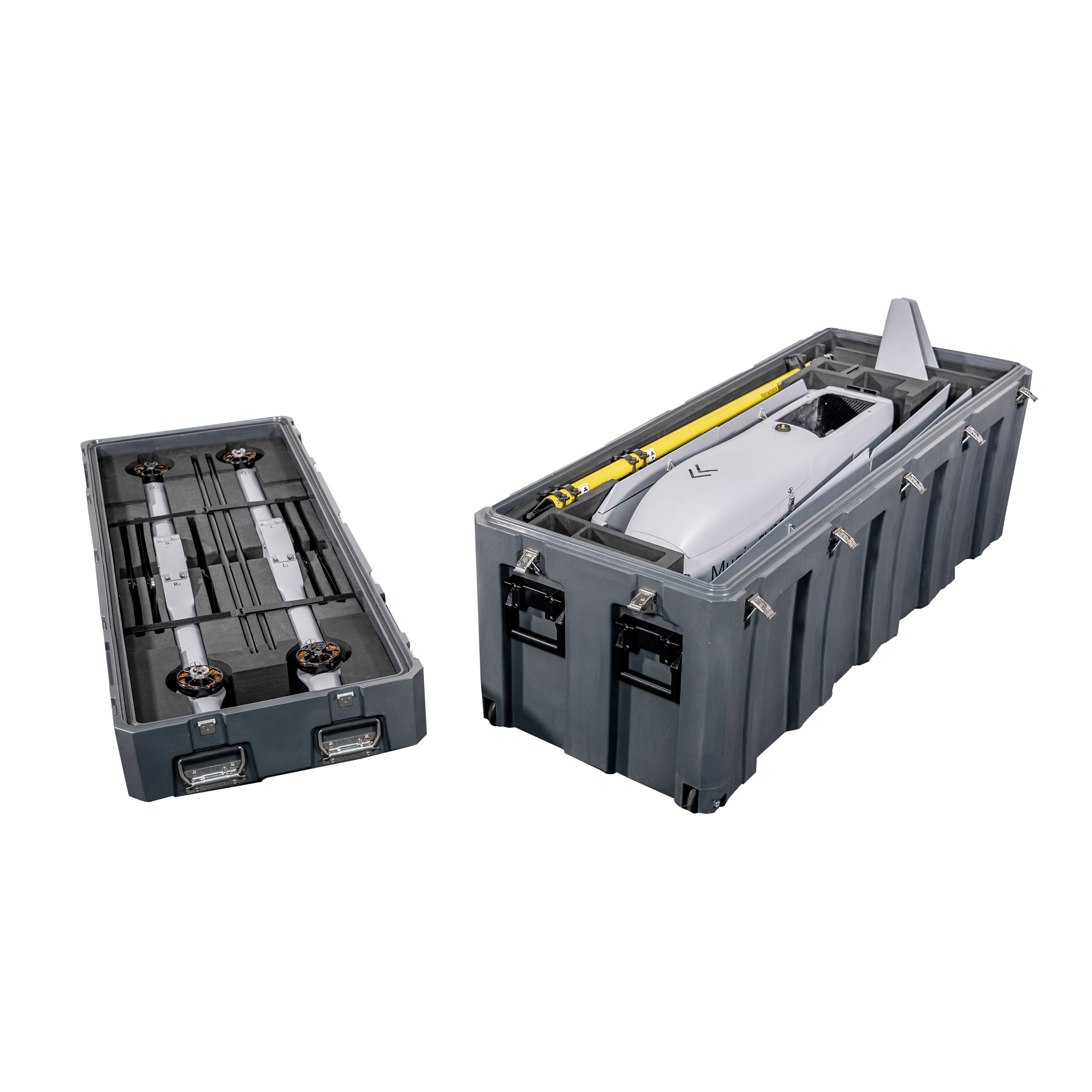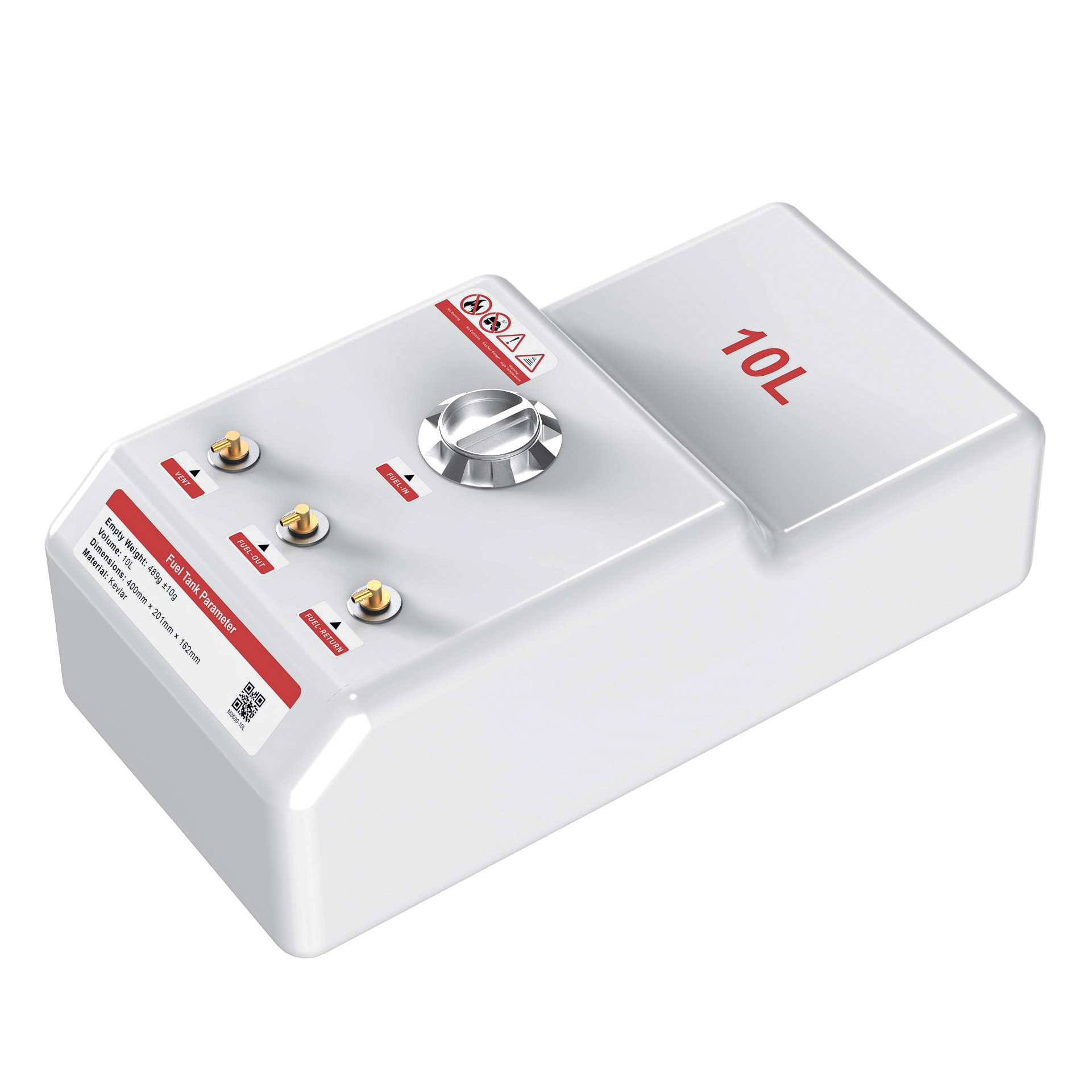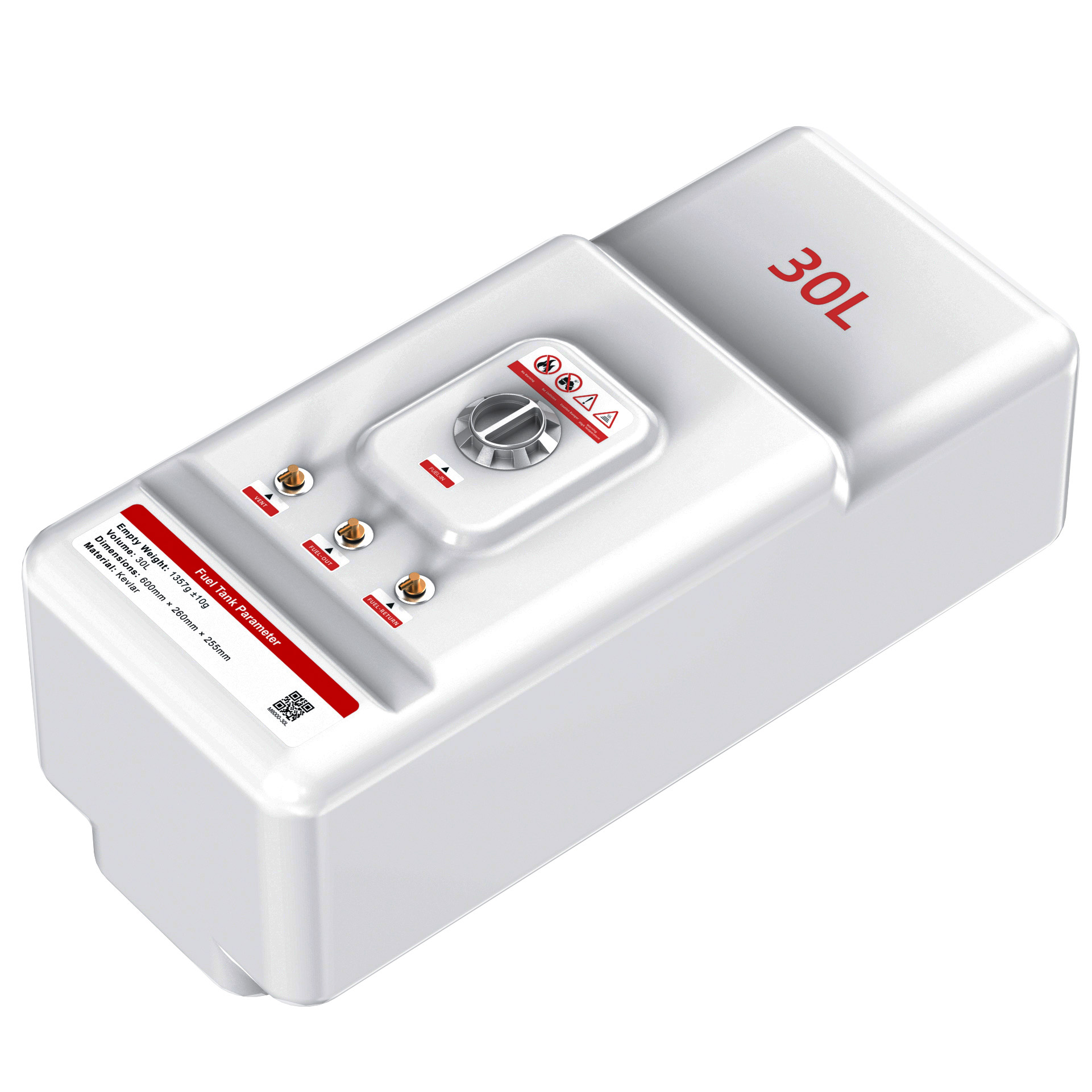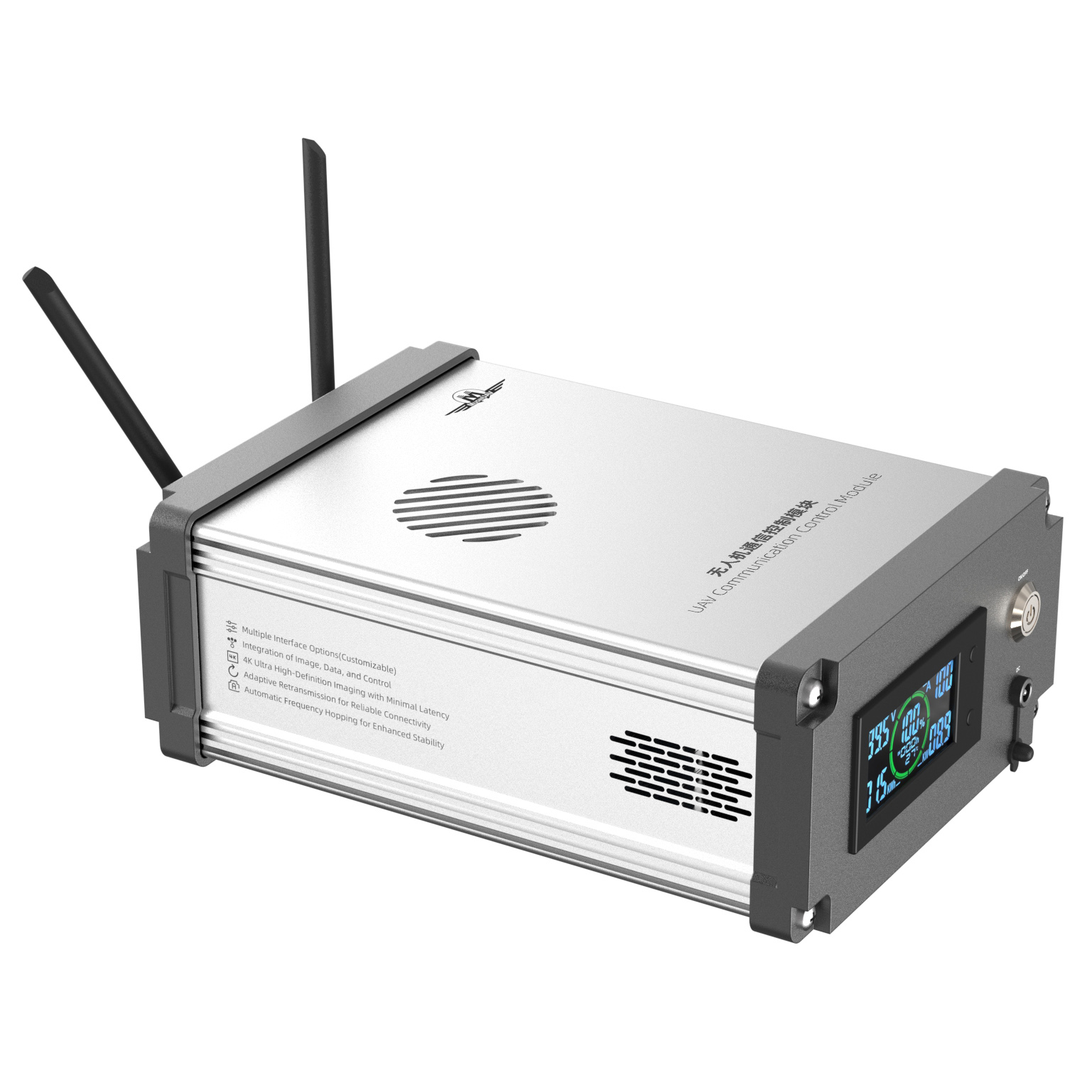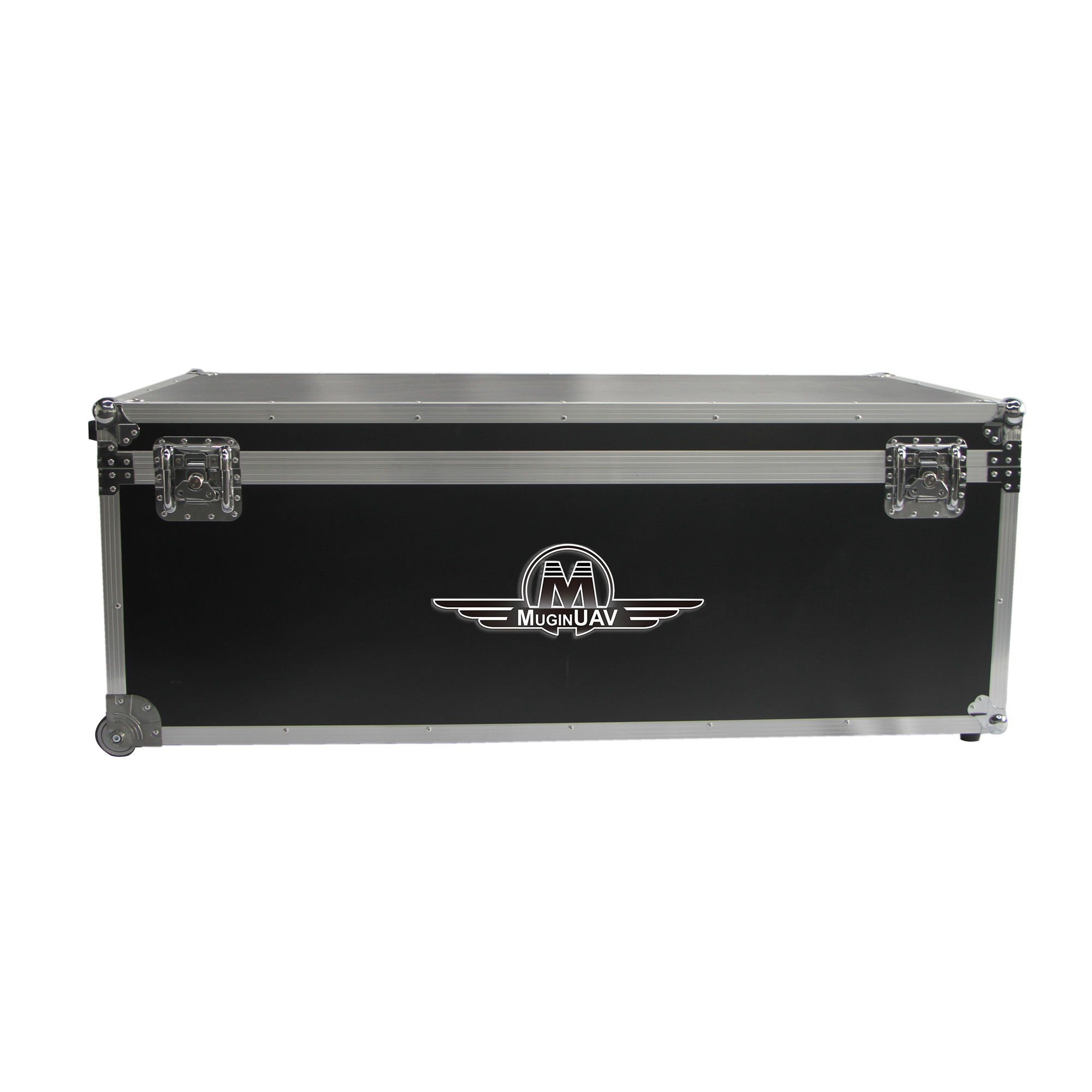[tx_row]
[tx_column size=”1/2″]
In recent years, the development of unmanned aerial vehicles (UAVs) has led to an increase in the need for counter-UAV systems, which are designed to detect, identify, track, and potentially neutralize rogue UAVs. The development of counter-UAV technology has been driven by the need to protect critical infrastructure, public events, and military operations from malicious or unauthorized drone activity.
The first generation of counter-UAV systems relied on conventional radar and acoustic sensors to detect and track UAVs. These systems were often limited in their ability to distinguish between friendly and hostile UAVs, and were susceptible to false alarms from other sources of electromagnetic interference.
[/tx_column]
[tx_column size=”1/2″]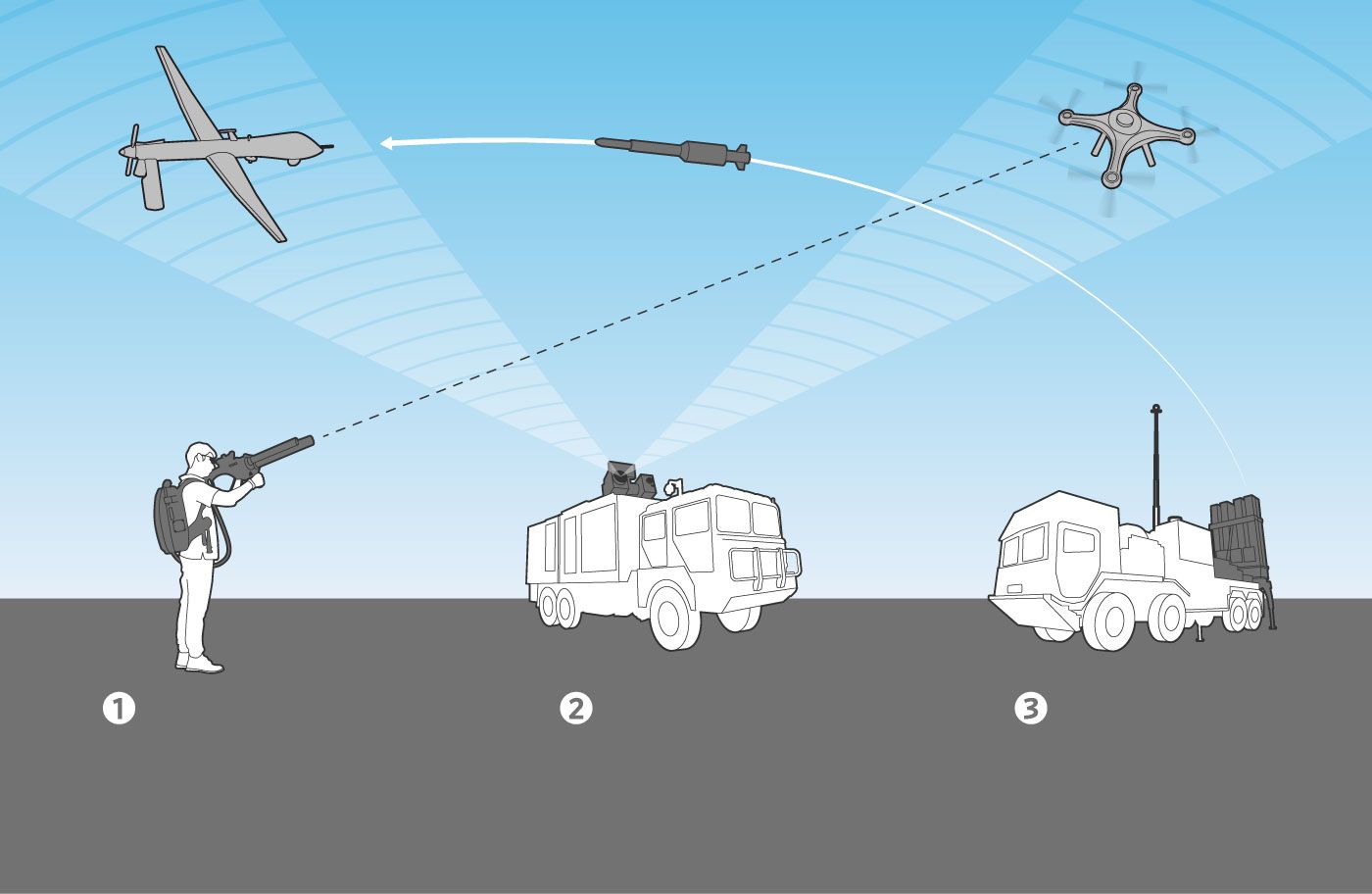 [/tx_column]
[/tx_column]
[/tx_row]
[tx_row]
[tx_column size=”1/2″]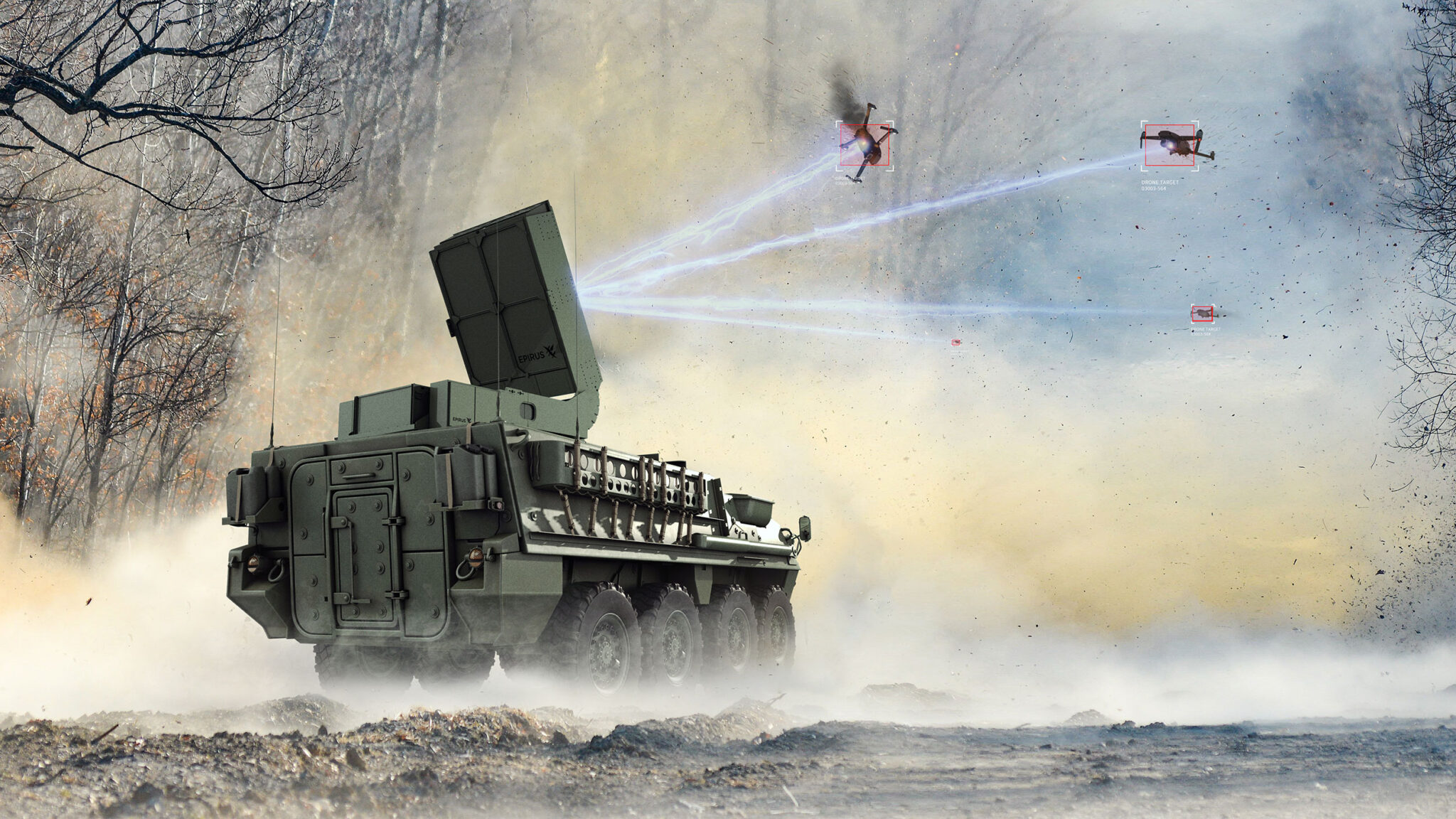 [/tx_column]
[/tx_column]
[tx_column size=”1/2″]
The second generation of counter-UAV systems began to incorporate more advanced sensor technologies, such as electro-optical and infrared cameras, to provide greater visual and spectral resolution. These systems also started to incorporate machine learning algorithms to better differentiate between UAVs and other airborne objects, such as birds or small planes.
The third generation of counter-UAV systems is focused on the development of autonomous systems that can actively neutralize rogue UAVs. These systems use advanced technologies such as directed energy weapons, electronic jammers, or even trained birds of prey to intercept and disable or capture rogue UAVs.
However, as the development of counter-UAV systems continues, so too does the development of UAV technology, meaning that new countermeasures will always need to be developed to stay ahead of the threat.
[/tx_column]
[/tx_row]

